Few countries in the world can match Namibia’s trifecta of natural beauty, abundance of wildlife and remote wilderness. Here you will find the older desert in the world, the Namib, with the world’s largest sand dunes, and an elite wildlife-watching destination, Etosha National Park. Here you will also find solitude in desolate landscapes of sheer beauty, as Namibia is the world’s second least densely populated country in the world. Below we present our Travel Guide of the Top Things to See and Do in Namibia. Obviously, this list is far from complete, but we wanted to focus on the things that were truly the most impressive to us. We also only wanted to include places that we visited ourselves — we wouldn’t feel comfortable recommending something or someplace we didn’t get to experience personally.
Disclosure: This page (Travel Guide of the Top Things to See and Do in Namibia) may contain affiliate links to products. At no additional cost to you, we may receive a commission for purchases made through these links. We only recommend products or services we personally believe in. More details can be found on our disclosure and policies page.
Namibia is a southern African country, sharing its border with South Africa to the south, Botswana to the east, and Angola to the North. To the west is the Atlantic Ocean. The country is in particular known for some of its wonderful natural attractions such as the giant sand dunes of the Namib desert, the jaw-dropping Fish River Canyon, and the perfect place for a self-safari adventure, Etosha National Park.
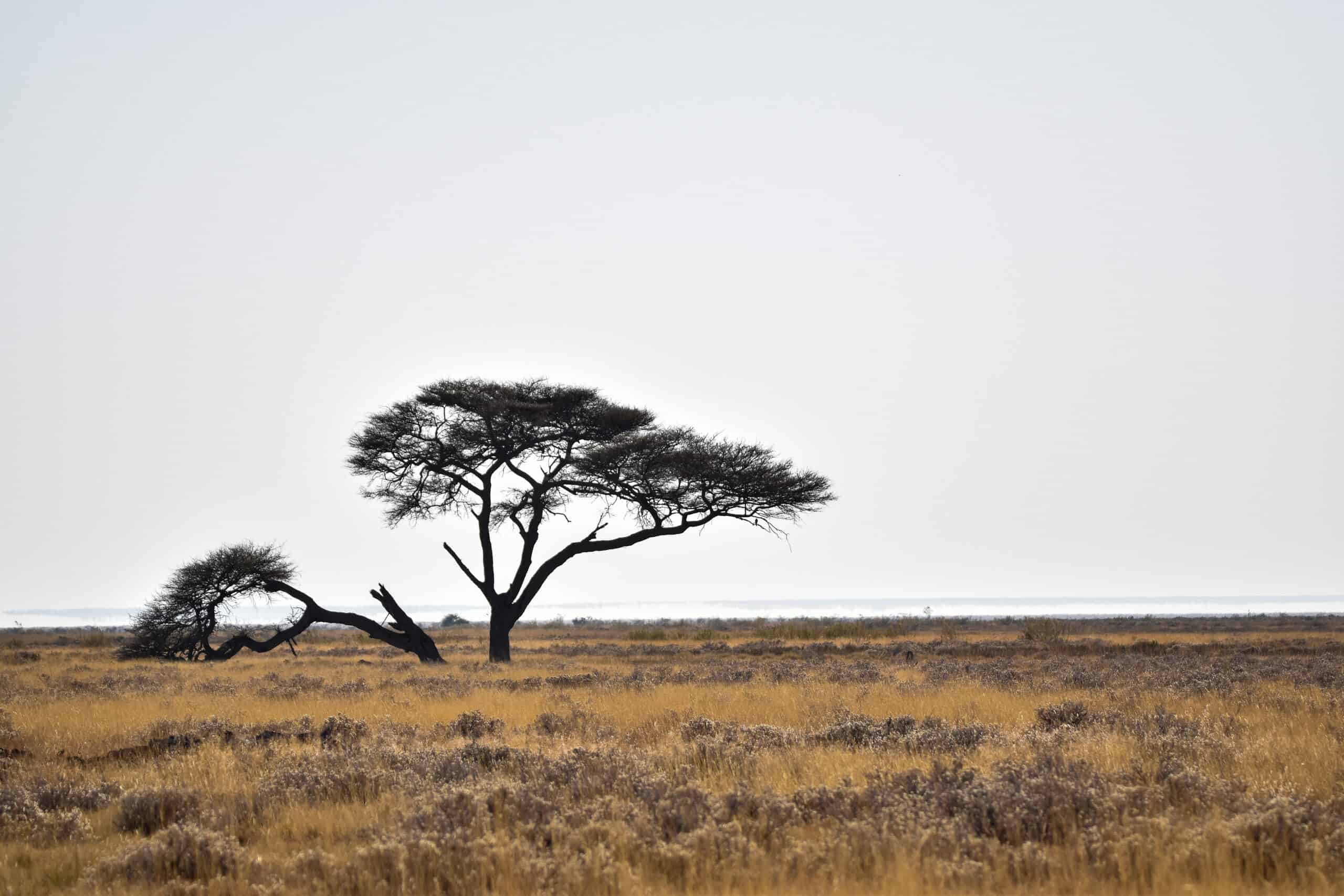
The desert jewels of the Namib-Naukluft National Park
The Namib-Naukluft Park is a national park in western Namibia, sand encompasses part of the Namib Desert (considered the world’s oldest desert). It is definitely a must-see during your travels to Namibia. Here you will find towering sand dunes, whose burnt orange colour is a sign of their age. The orange colour develops over time as iron in the sand is oxidized, like rusty metal; the older the dune, the brighter the colour. These dunes are also the tallest in the world, in places rising more than 300 meters (almost 1000 feet) above the desert floor.
The park covers an area of 19,216 square miles (49,768 sq km) creating the largest national park in Africa and the fourth largest in the world. Aside from the giant sand dunes, salt and clay pans are iconic attractions in the national park. Sossusvlei, Hiddenvlei, and Deadvlei are three of the most visited pans.
Sossusvlei
Deadvlei
Deadvlei is an early beautiful clay pan, where a series of scorched and dried-up camel thorn trees are spread across the pan landscape. These trees are believed to have died some 600–700 years ago and have not decomposed to the lack of humidity in the air.
Big Daddy
Big Daddy is the tallest dune in the Sossusvlei area and towers over Deavlei at 325 meters elevation. It’s an awesome location to watch the sunrise from. It takes the average person roughly 45 minutes to reach the peak along the ridge, but only 5 min running down the side!
Dune 45
Dune 45 is named for its proximity to the Sesrium Gate (45km). Its fascinating shape (a star dune) and accessibility make it the most photographed dune in the world.
The safari adventure of a lifetime in Etosha National Park
One of the things that appealed to us about Etosha National Park is that is accessible in a regular sedan car, meaning you can drive yourself around the park in search of wildlife. And unlike other parks in Africa, Etosha’s charm lies in its ability to bring the animals to you. Just park your car next to one of the many water holes, then wait and watch while a host of animals come not two by two but by the hundreds. The park is malaria-free and, oh, it has such a large salt pan so large it can be seen from space.
Etosha is home to 114 mammal species as well as 340 bird species, 16 reptile and amphibian species, one fish species and countless insects. Depending on the season, you may observe elephants, giraffes, zebras, springboks, blue wildebeest, gemsboks, elands, kudus, ostriches, jackals, hyenas, lions and even cheetahs and leopards — we saw all of them (except the last two) in very large numbers over the course of 4 days.
Kolmanskop – the former mining town now covered in sand
You have certainly seen images from here before – it’s hard to forget these powerful images of old abandoned buildings half-filled with sand. This ghost town was a thriving diamond mining town in the early 1910s but started to severely decline in the 1920s when the diamond field was noticeably depleting. The discovery in 1928 of the richest diamond-bearing deposits ever known, 270 km south of Kolmanskop, further accelerated the town’s demise. Many of the town’s inhabitants joined the rush to the south, leaving their homes and possessions behind. The town was ultimately completely abandoned in 1956.
Being able to freely explore the sand-filled buildings was quite the thrill and experience.
Enjoying the coastal wildlife of Walvis Bay
Actually, Walvis Bay is the town. The wildlife can be found between the town and Pelican Point, just on the other side of the Bay. This is where you will find one of the largest flocks of flamingos in the whole of Southern Africa and a Cape Fur seal colony that is over a hundred thousand strong. And as the name of the point suggests, you will also find some pelicans here. Oh, and also a pink lake.
A MUST-DO while in Namibia is to take part in an organized kayak tour …amongst the seals! This was such a fun experience. The seals were so playful and were constantly hovering around the kayak. It was rare that there weren’t a dozen seals within paddle distance. Check out Pelican Point Kayaking.
(yes it was rather foggy that day over the bay)
Just driving. In the middle of nowhere. In the middle of the road.
Okay not everyone will agree – in fact, we are kind of split on this. On the one hand, some of the roads are very corrugated, bumpy and uncomfortable to drive on, which at one point led to us having to deal with a flat tire in the middle of nowhere. (A brief shoutout due to the friendly Dutch couple that stopped along the road to offer moral support!) On the other hand, there is definitely something special about driving through beautiful open deserts stretching out as far as the eye can see – often in moon- or Mars-like landscapes.
And often, you wouldn’t see another vehicle for what seemed like forever — Namibia is huge, roughly twice the size of Germany with a minute fraction of its population.
Oh, and you’ll often get to experience many wonderful random wildlife sightings. All these shots were taken far from wildlife-rich Etosha National Park.
Enjoying the red skies of the African sunset
For anyone who has been to Africa, you will know that the sunsets here are spectacular. This is due, in part, to the large amount of dust in the atmosphere which helps to refract light from the sun and paint the sky in those brilliant oranges and reds.
Feeling small next to Africa’s Grand Canyon
Nowhere else in Africa will you find anything quite like Fish River Canyon. It measures 160km in length, and up to 27km in width, and the dramatic inner canyon reaches a depth of 550m — many claim it to be the second largest Canyon in the world after the Grand Canyon. Although it’s a bit of a trek to get there (it’s located near the southern end of the country near the border with South Africa), it is very well worth it in our opinion, especially if you are also interested in visiting the abandoned town of Kolmanskop. You will definitely feel small when standing next to the ledge.
The Canyon Roadhouse and its unique decor of old automobiles (both outside and in the restaurant itself) make for a great stop for lunch on the way back from the canyon
Some other random fun stuff to do
Cheetah encounter
We never thought that we would get to see these impressive felines from such a close distance. This organized visit (booked through our lodge in Solitaire) allows you to visit a family of seven cheetahs. They live in a large fenced-in lot as these cheetahs are not fit to be released in the wild, having initially been raised in captivity.
Dune riding at Sandwich Harbour
Oh boy. This was just loads of fun. We sat back as passengers while an adventurous tour driver drove us up and down giant sand dunes along the coast. The adventure was neatly capped off with fresh oysters and champagne on top of one of the giant dunes. Check out Sandwich Harbor 4×4 activities.
Crossing the Tropic of Capricorn sign
This was the only time we ever crossed a tropical line!

Here’s a map of the top things to see and do in Namibia:
Places we didn’t get to visit
Namibia is a huge country, so definitely couldn’t see all of it. But with more time, we would have had a much longer list of top things to see and do in Namibia!
We would have loved to visit the Waterberg Plateau between Etosha and Namibia’s capital, Windhoek, and some areas of Damaraland while travelling between Swakopmund and Etosha. Although we drove partly through it on the way south towards the Fish River Canyon, it would have been amazing to soak in more of the Kalahari Desert. A drive up the often foggy (and riddled with shipwrecks) Skeleton Coast would have been fascinating as well. Finally, there is also the Caprivi strip, the lushest area of the country in terms of green vegetation and the gateway to Victoria Falls.
—–
Well, that wraps it up! We hope you enjoyed our Travel Guide of the Top Things to See and Do in Namibia post and that it will prove useful for planning your trip to Namibia!
—–
Preparing a trip to Namibia?
We highly recommend these guidebooks:
—–
You might also be interested in these related pages:
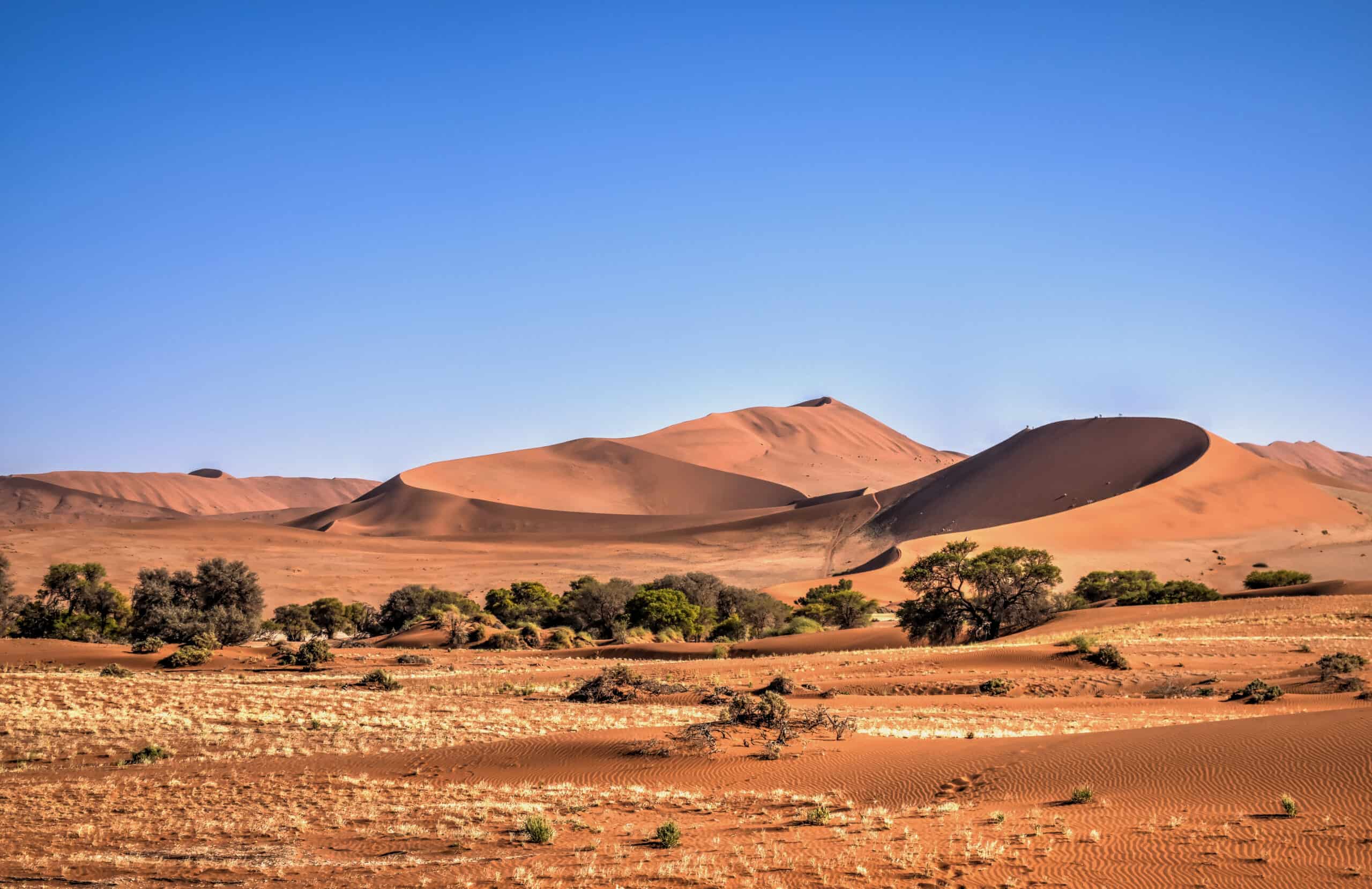
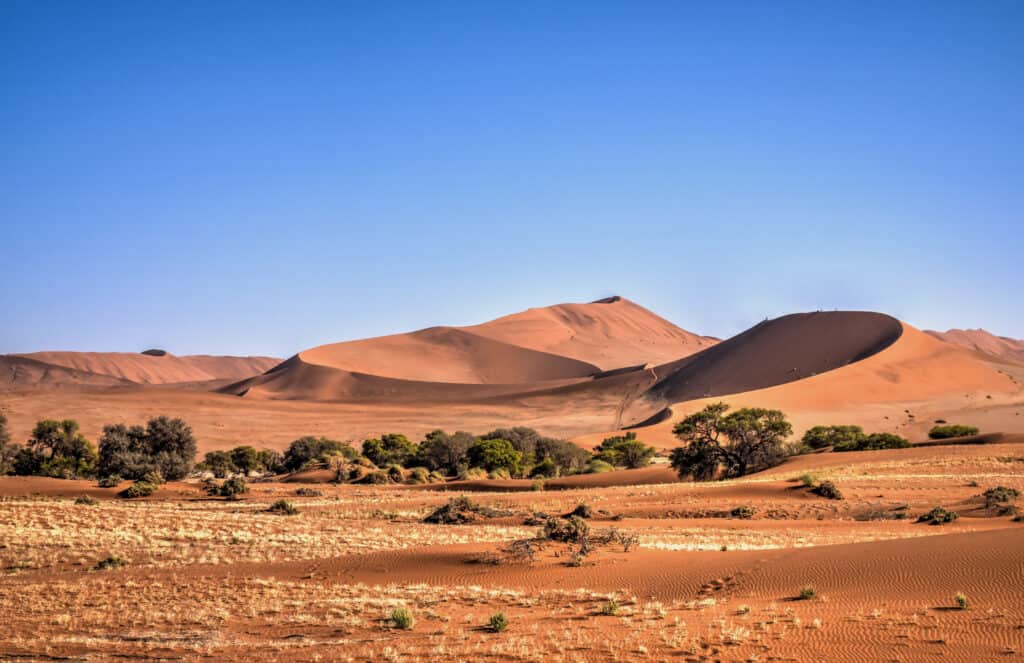
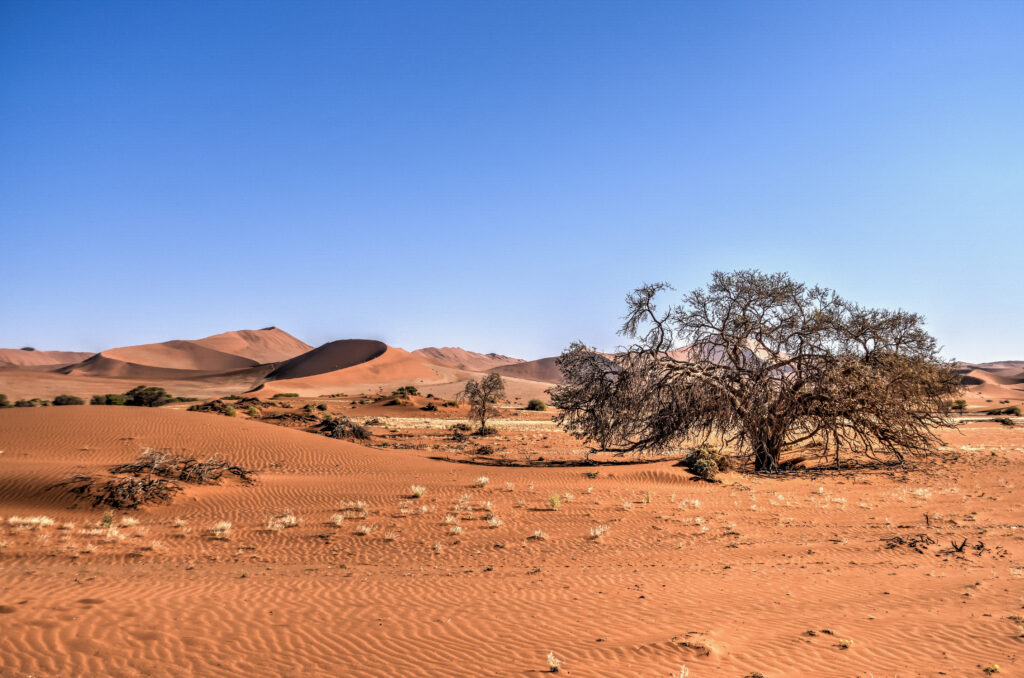
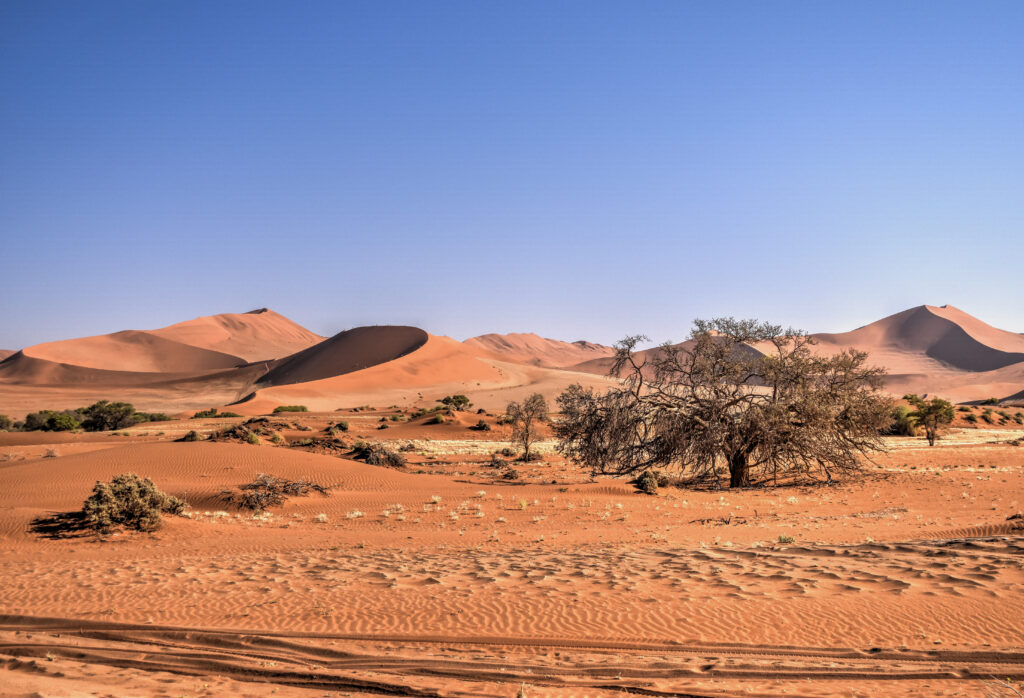
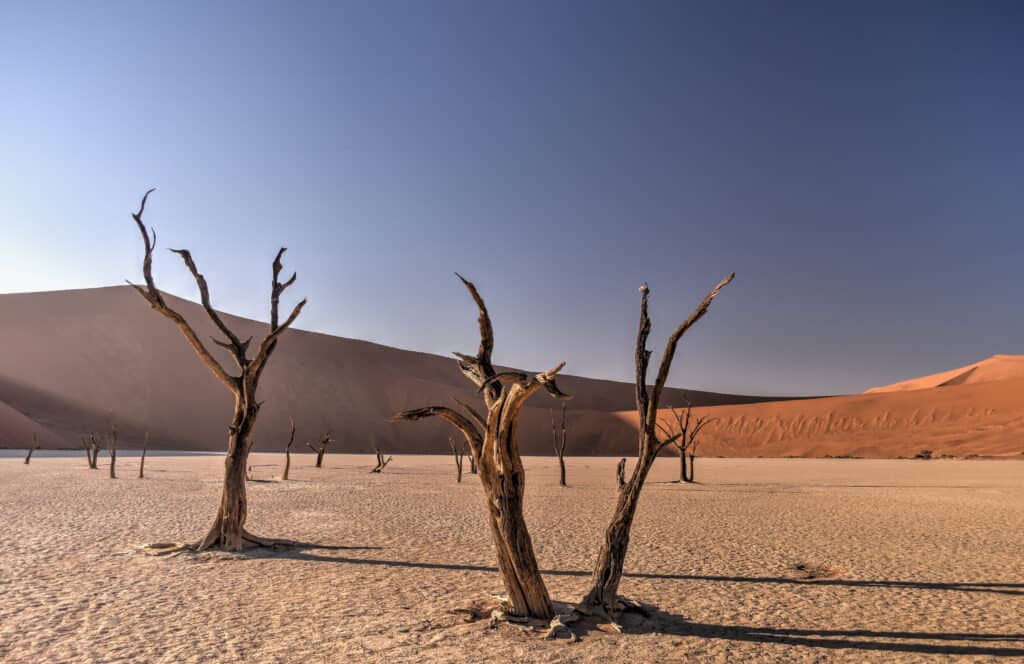
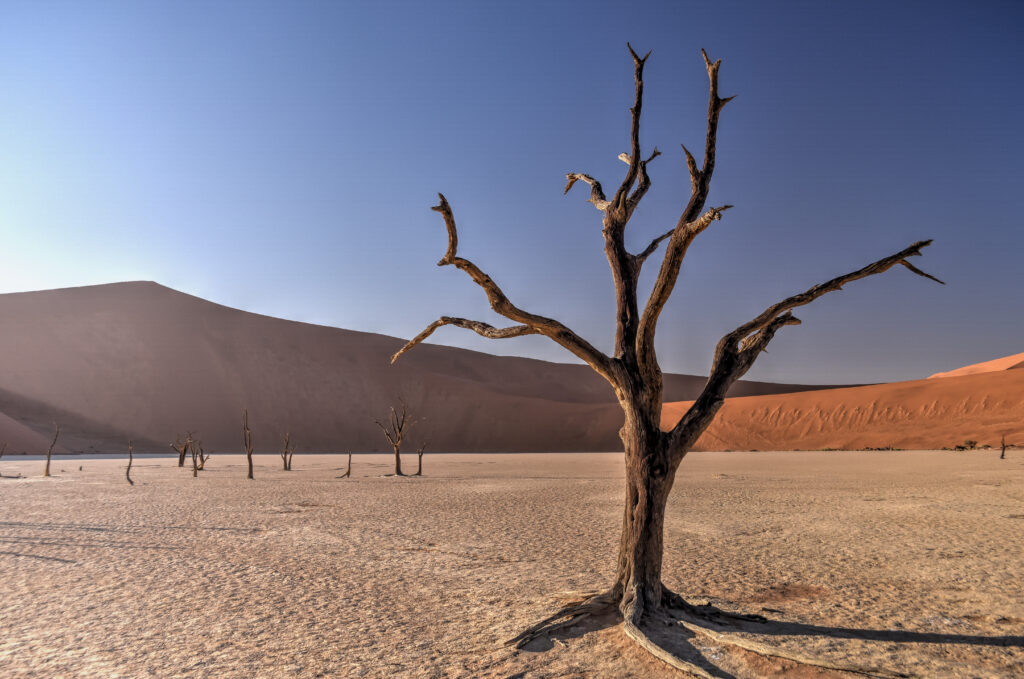
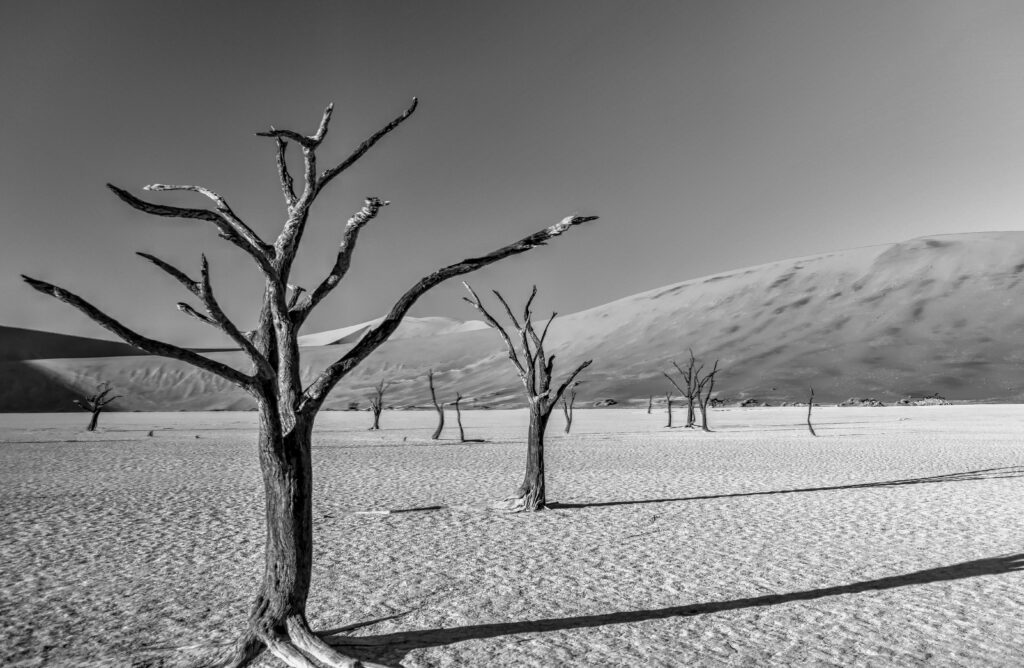
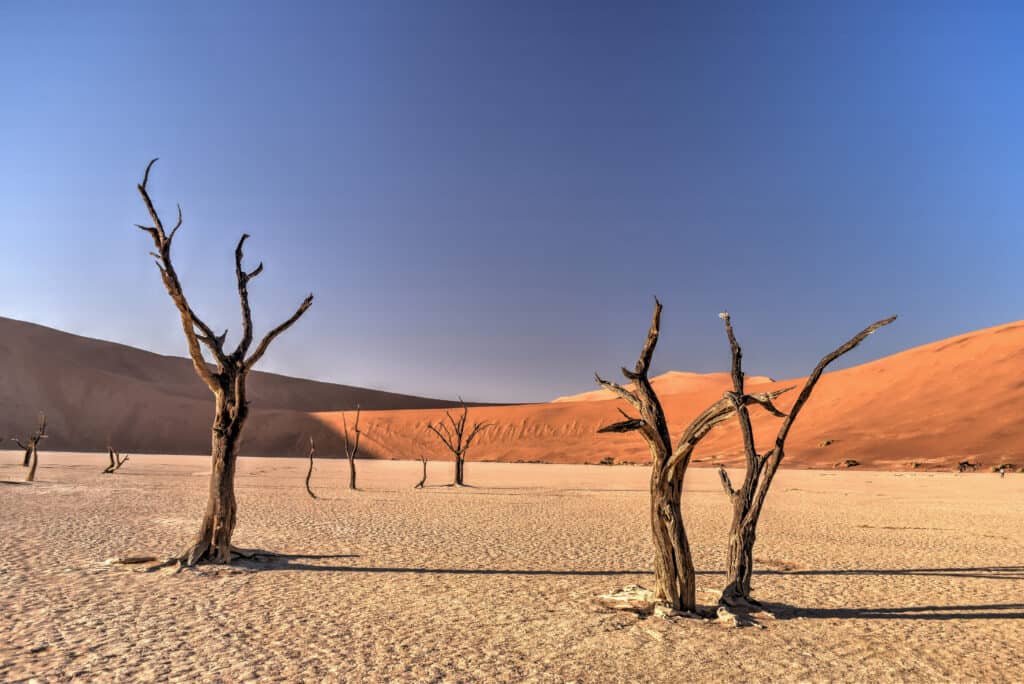
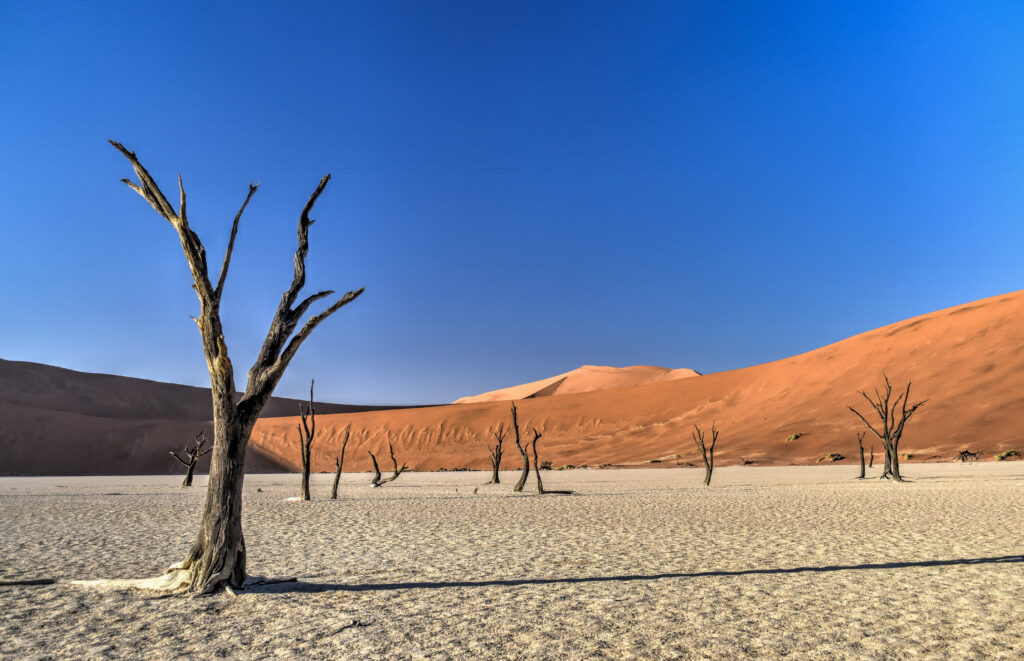
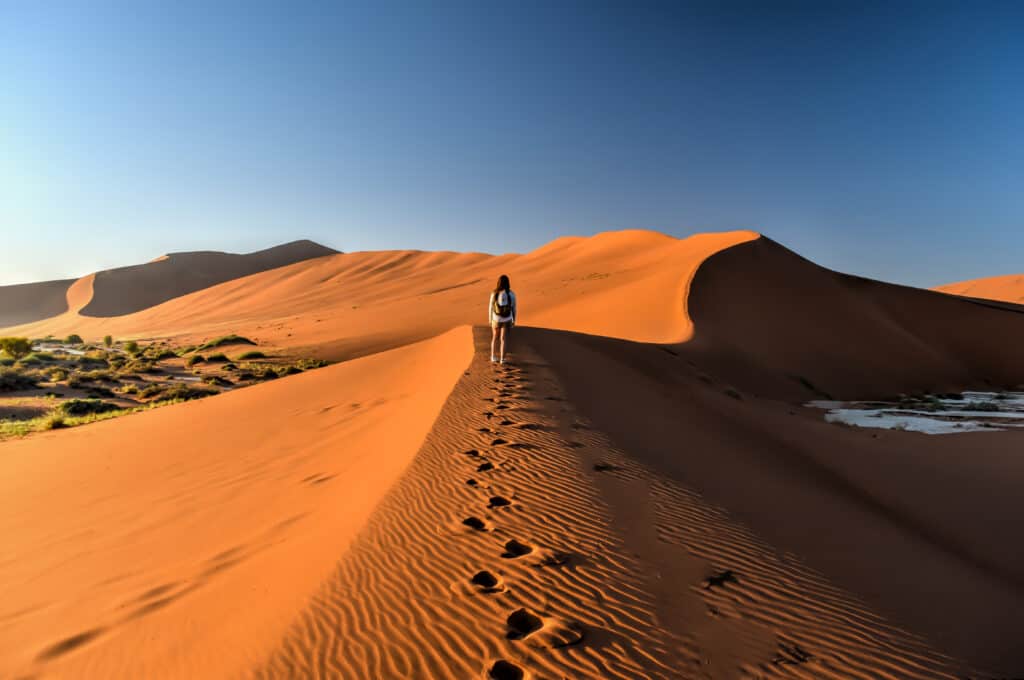
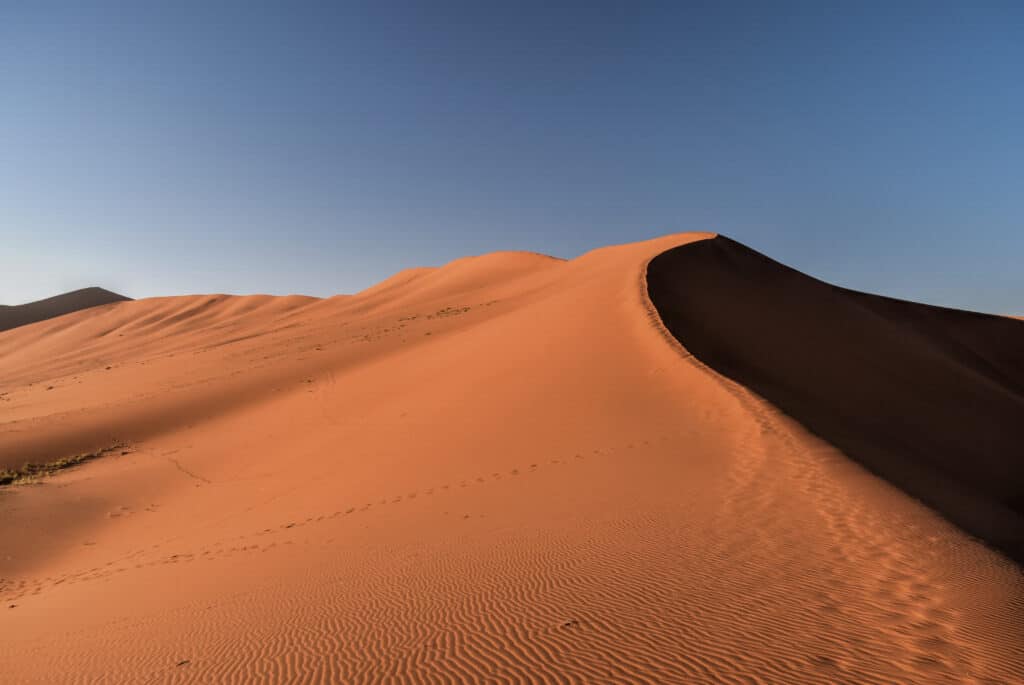
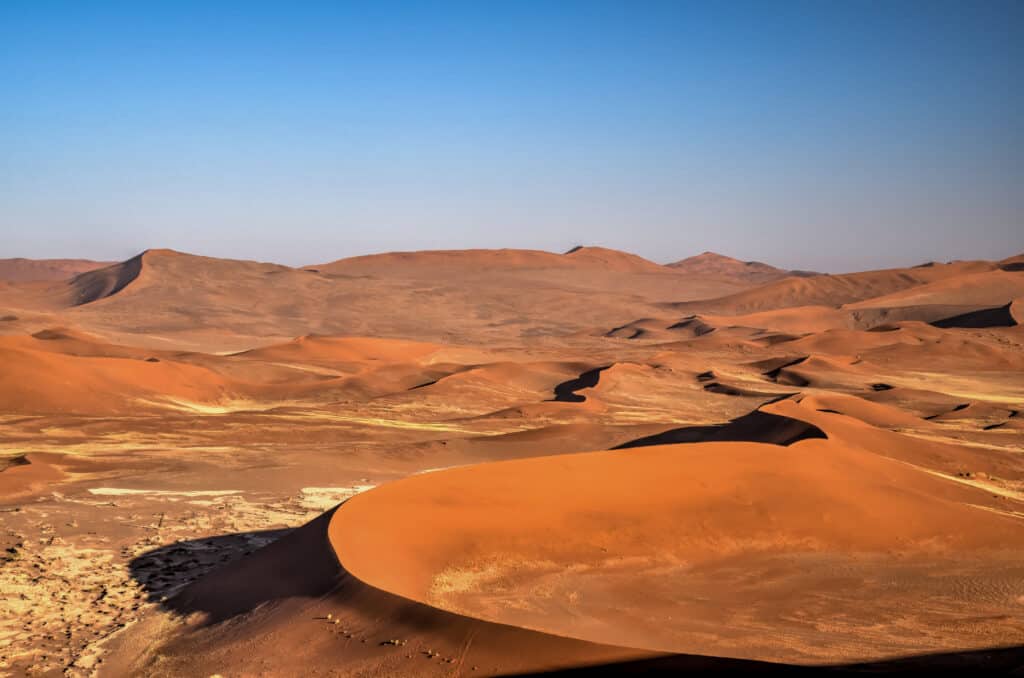

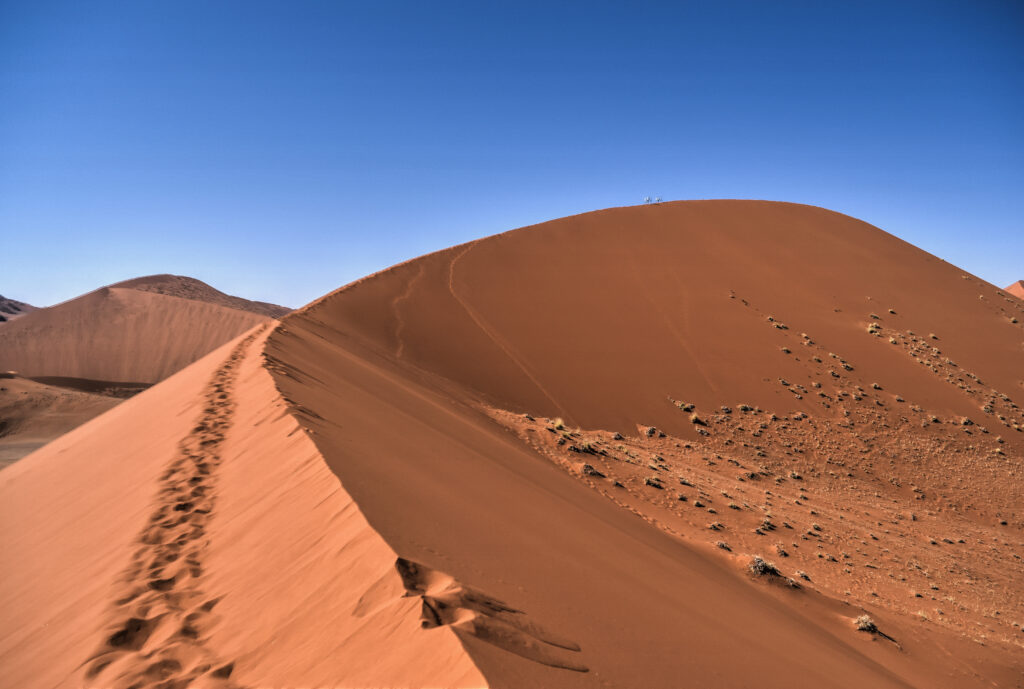
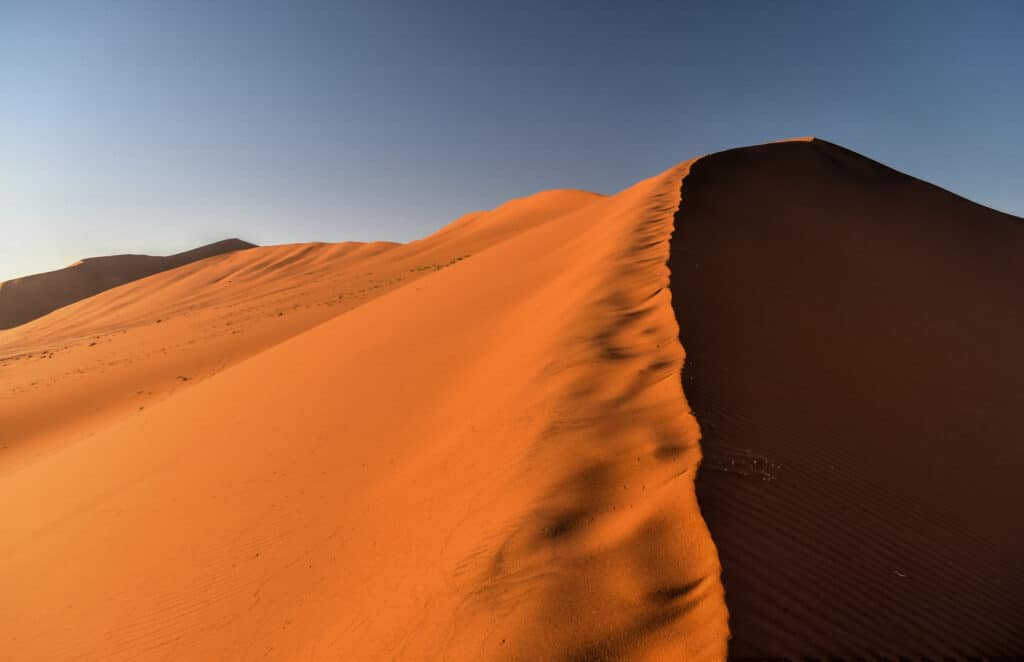
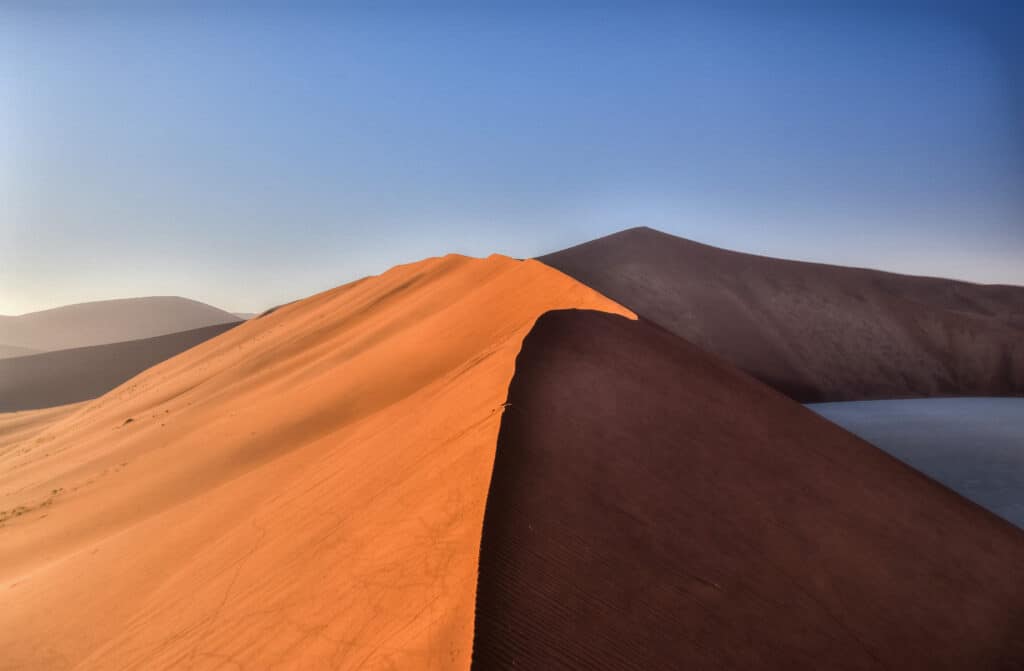
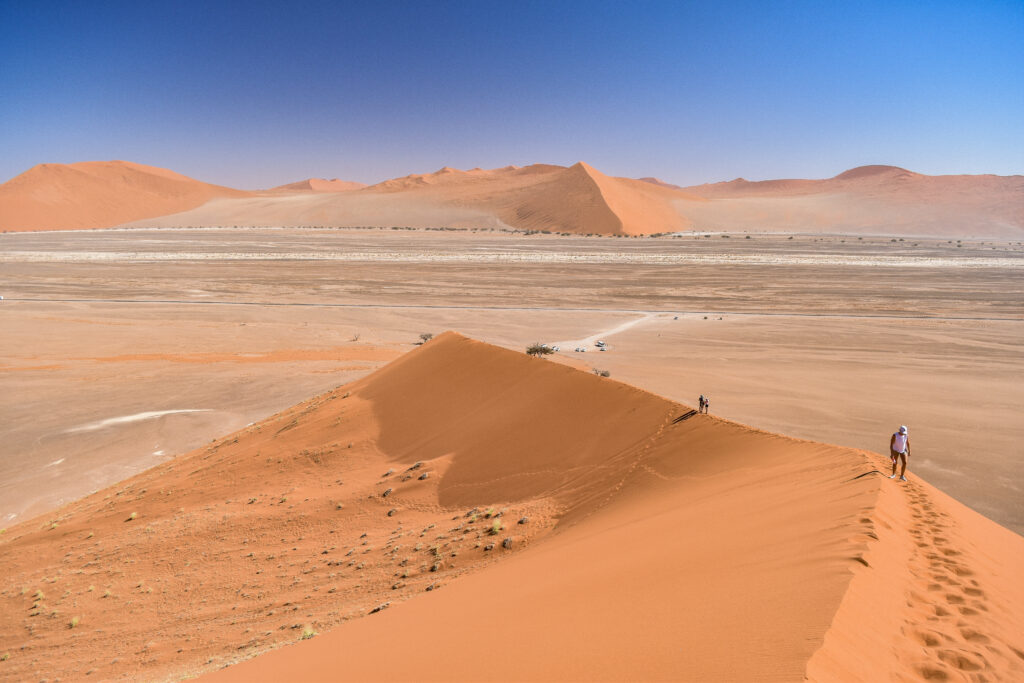
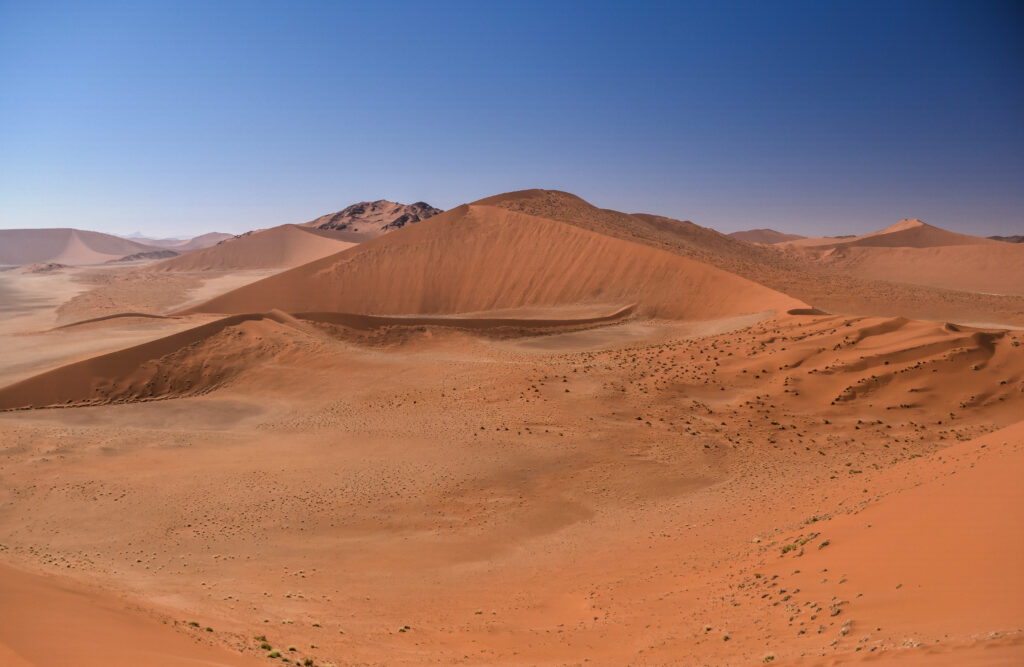
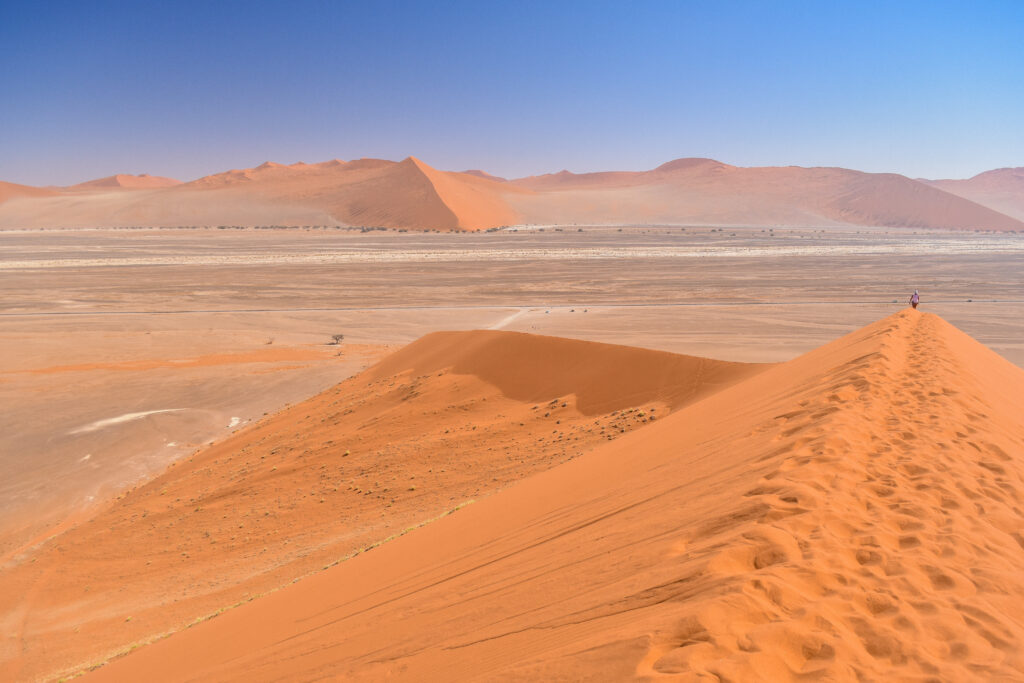
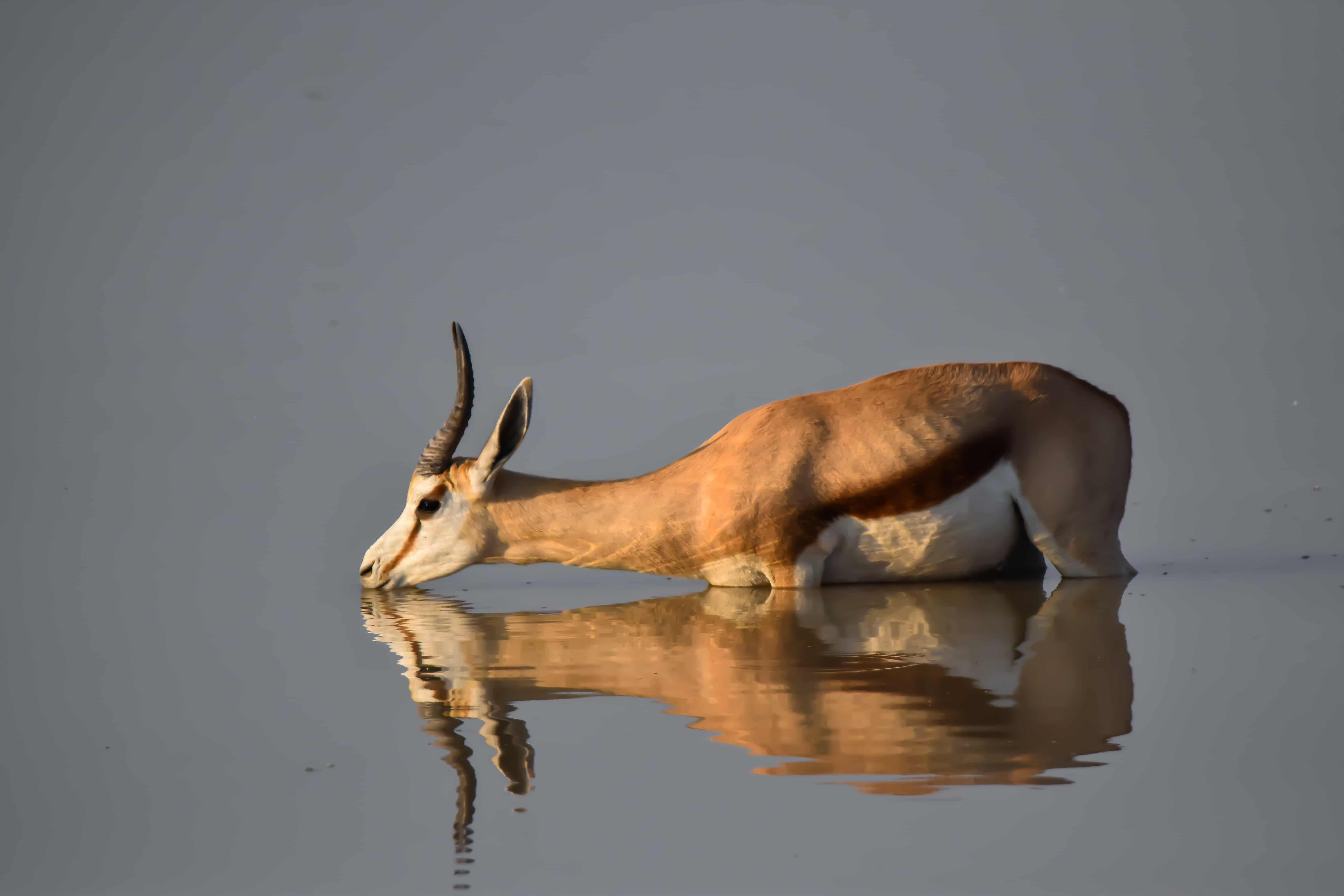
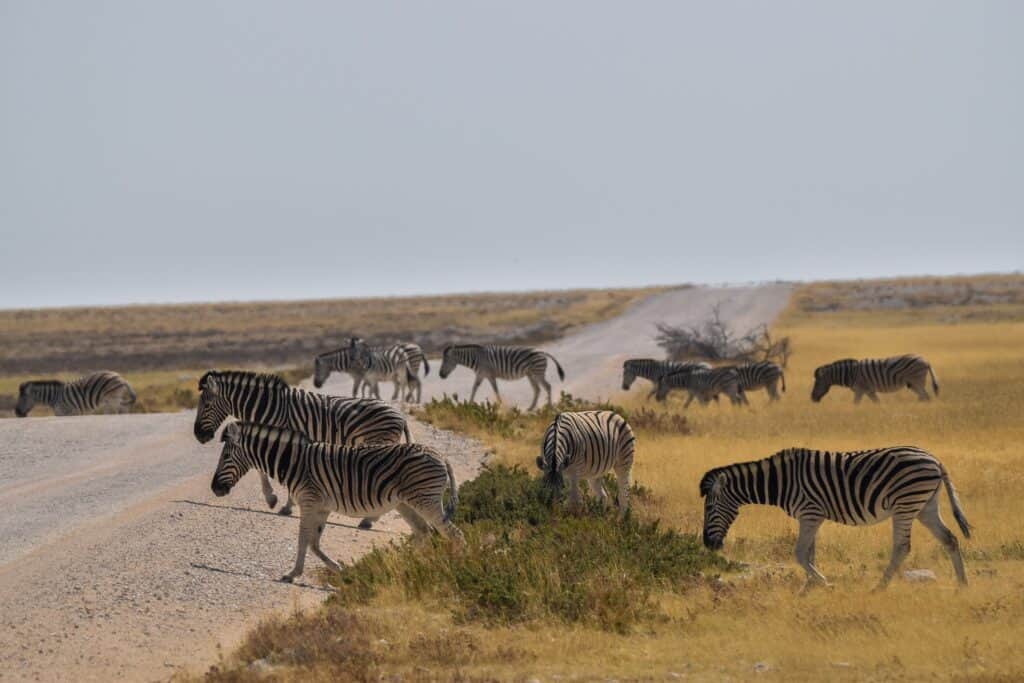

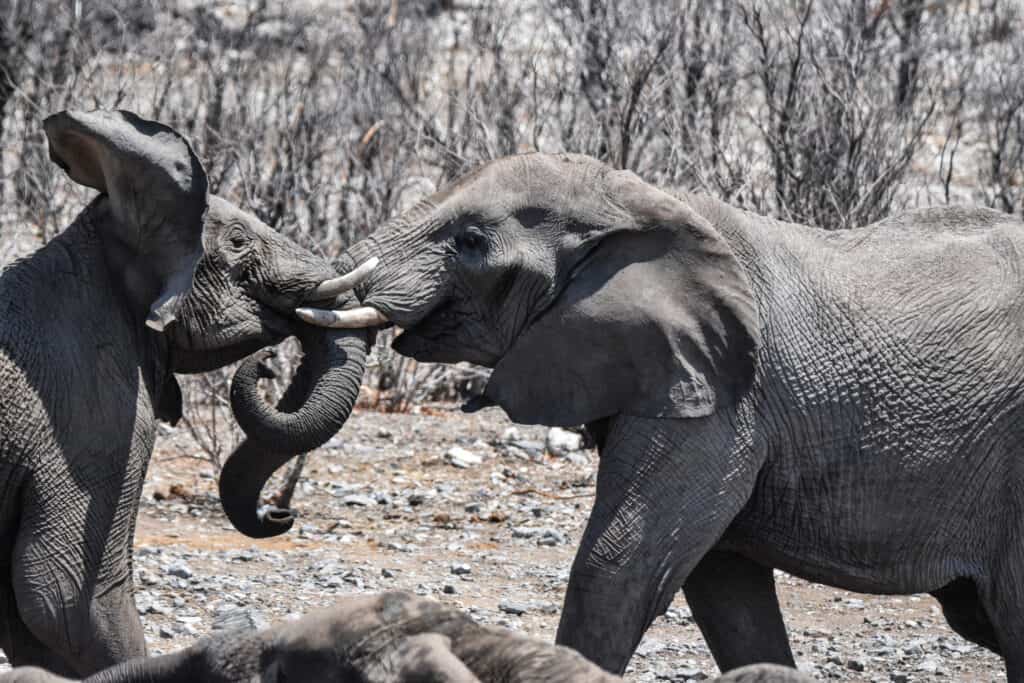

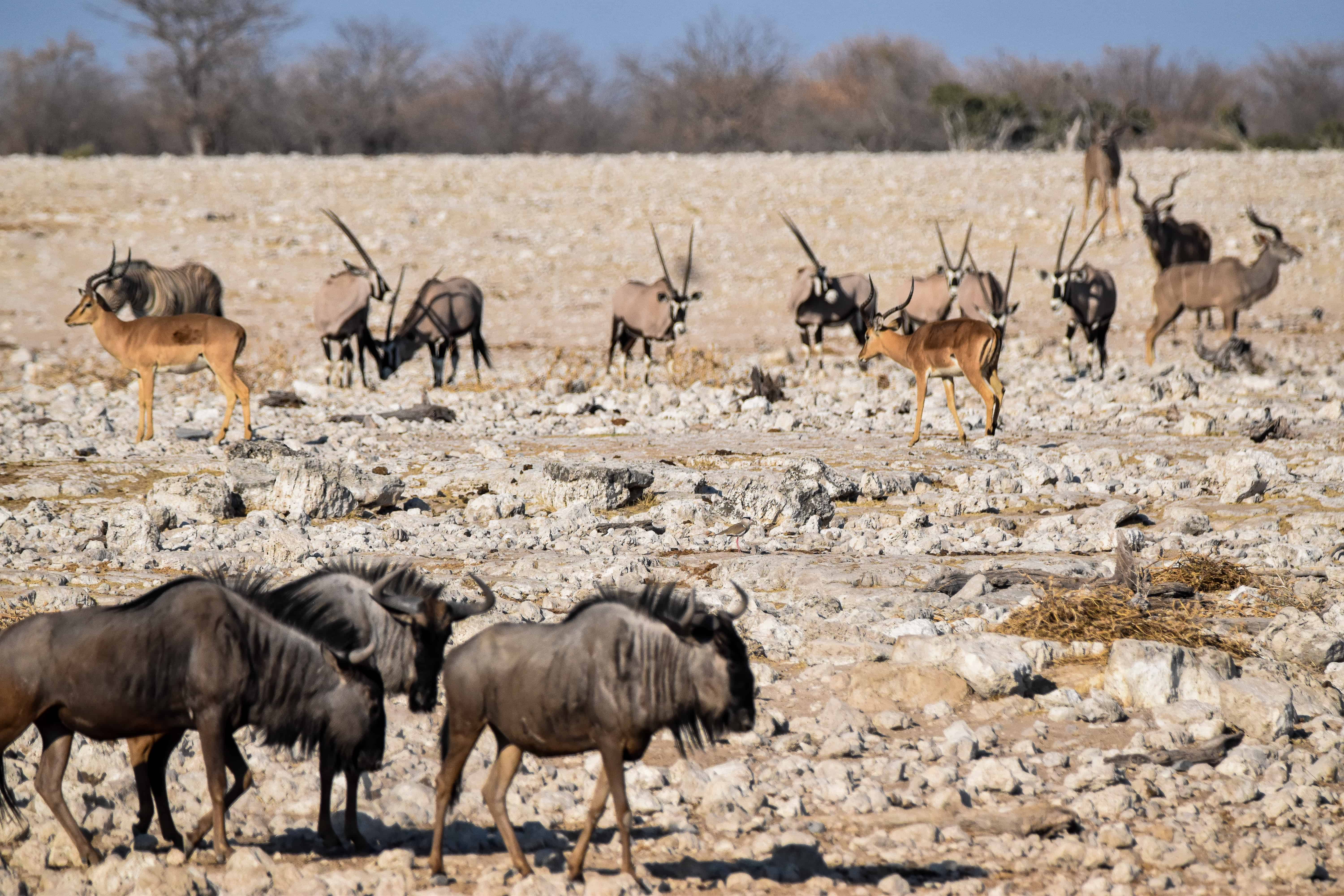
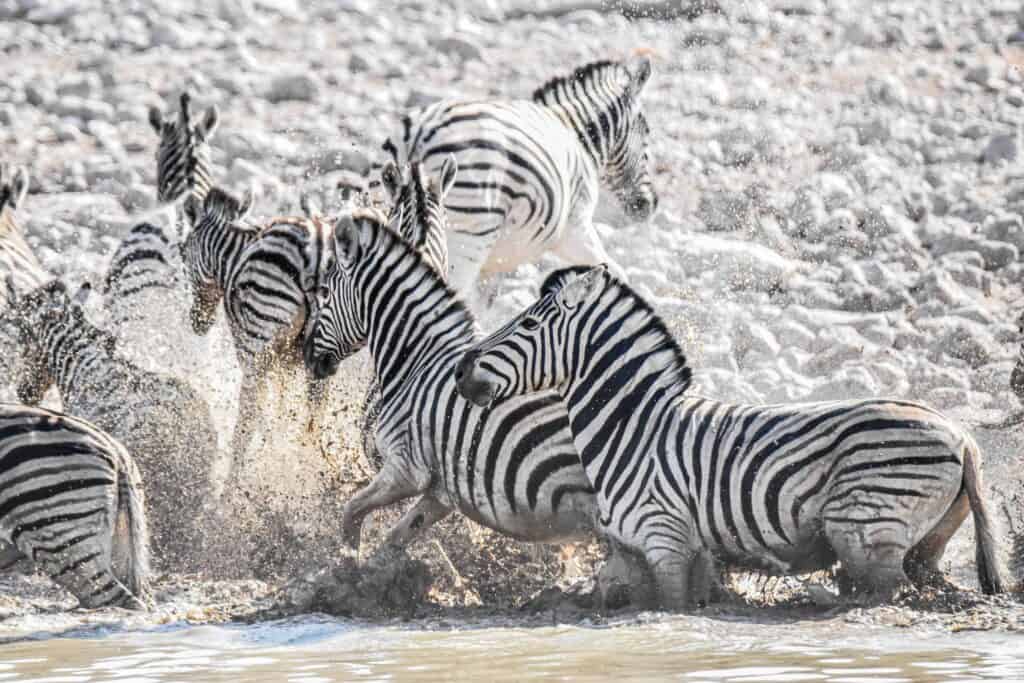
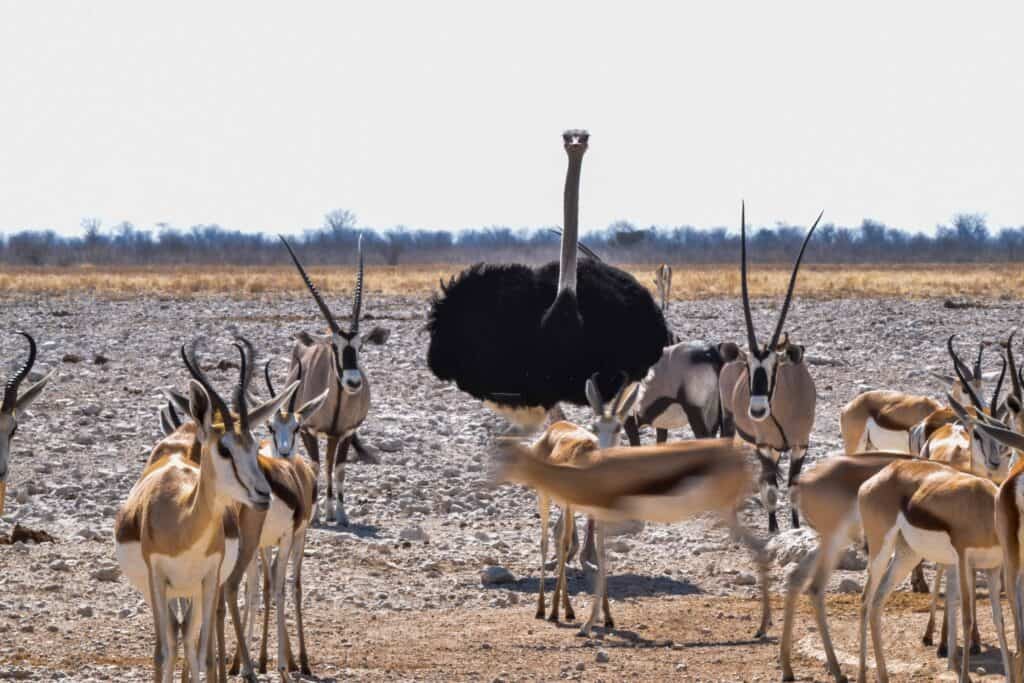
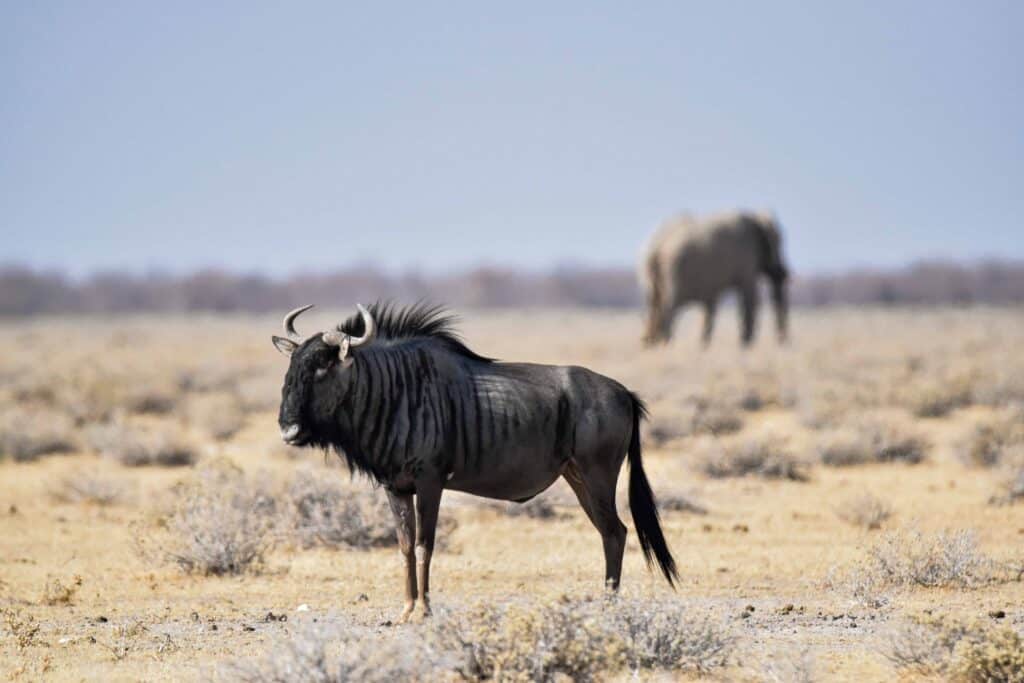
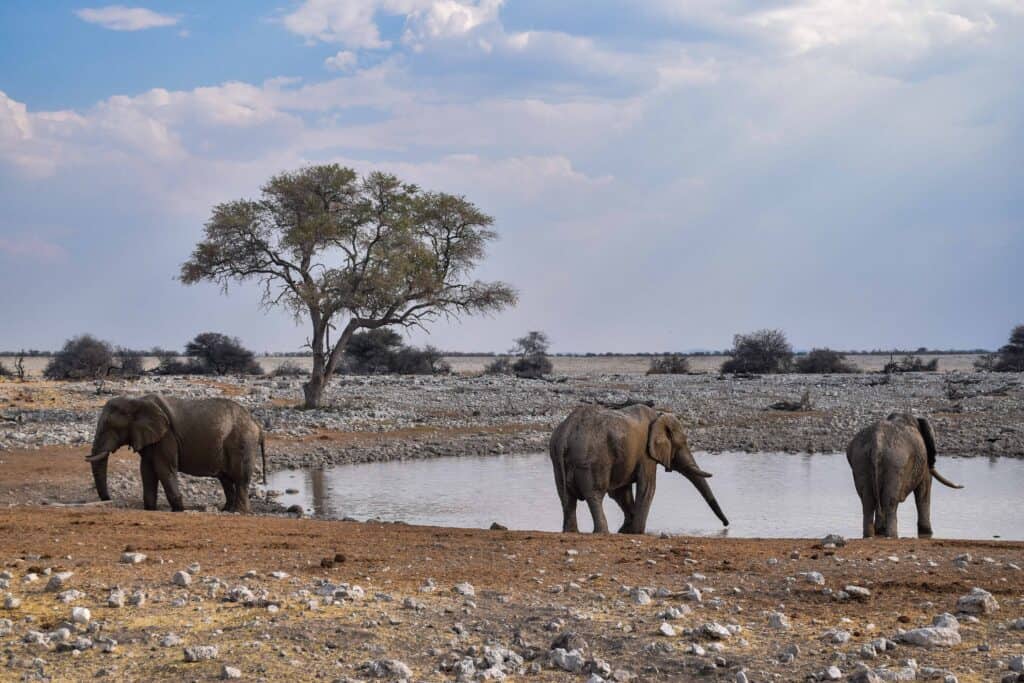
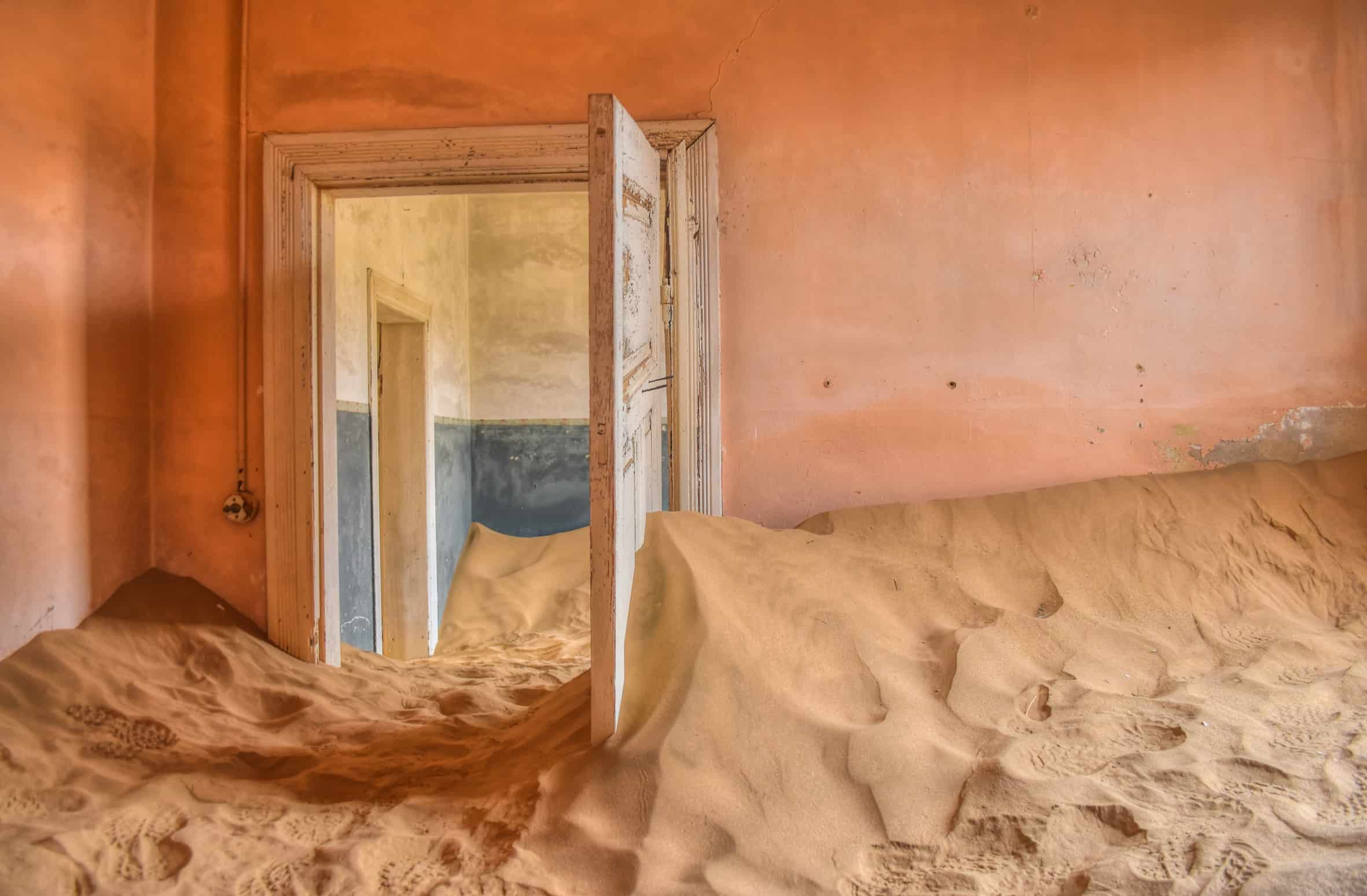
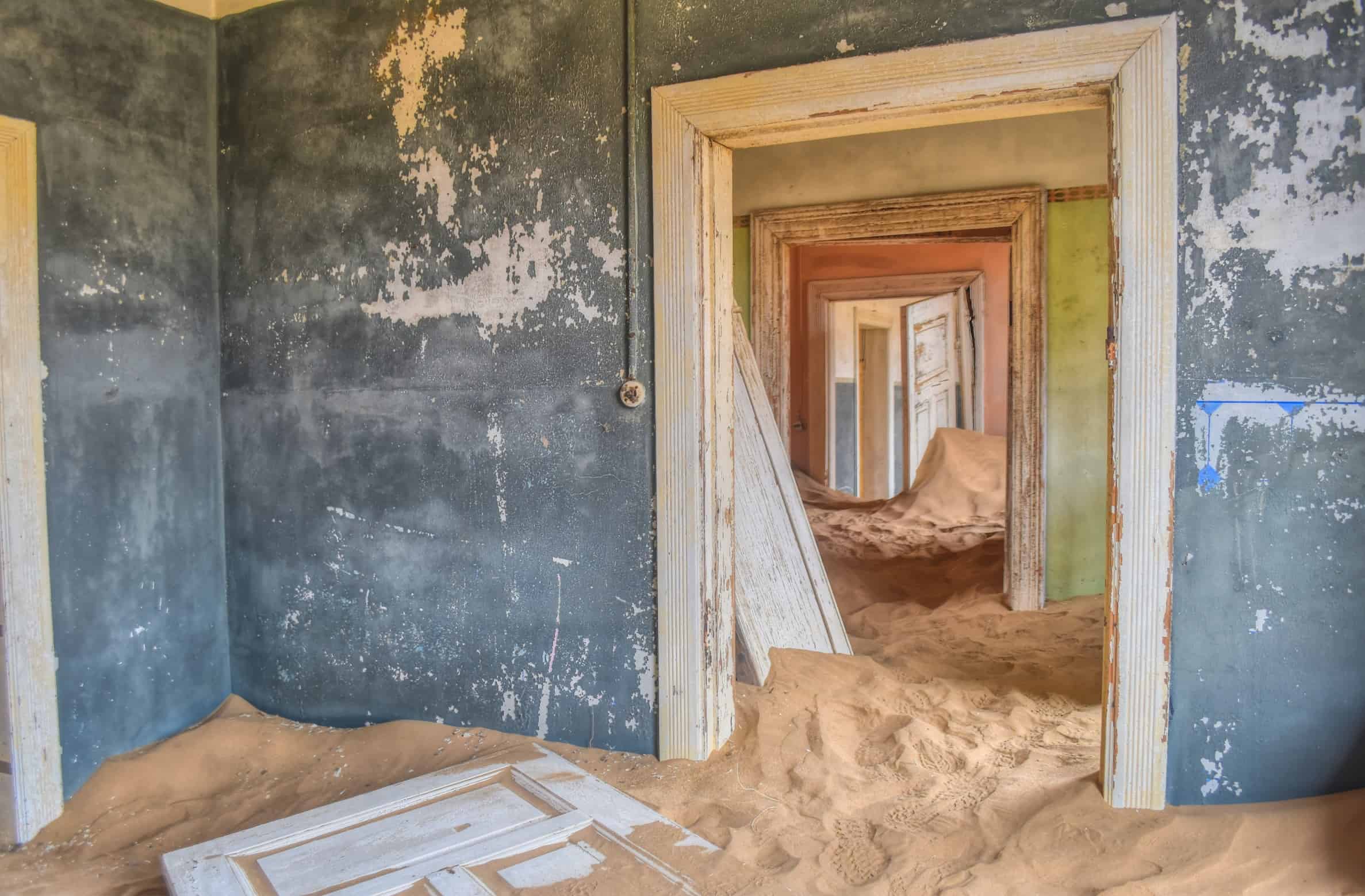
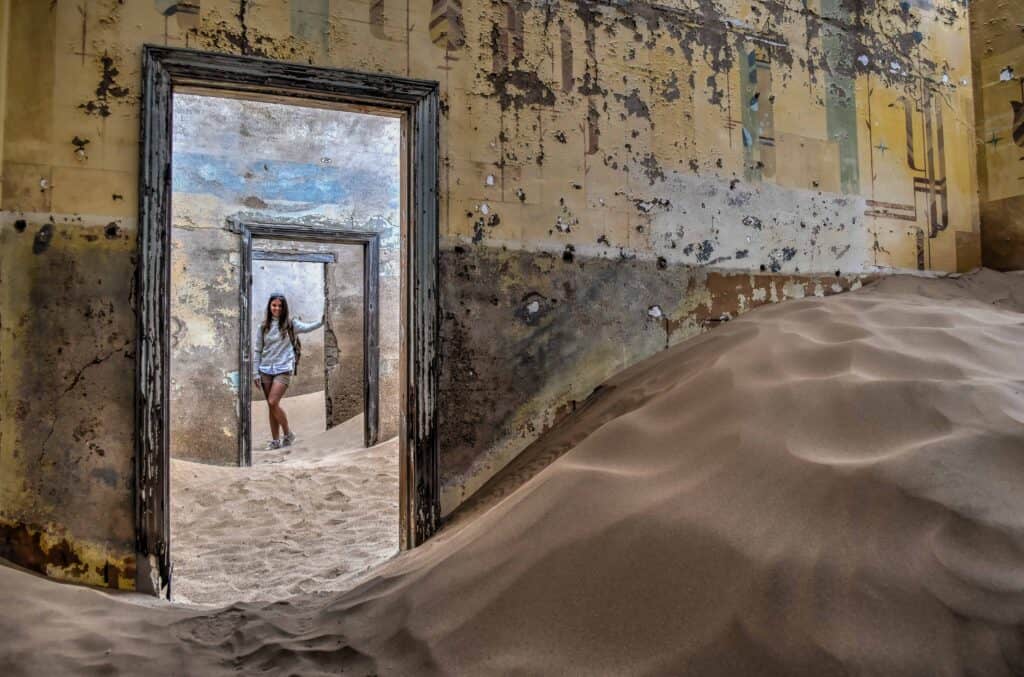
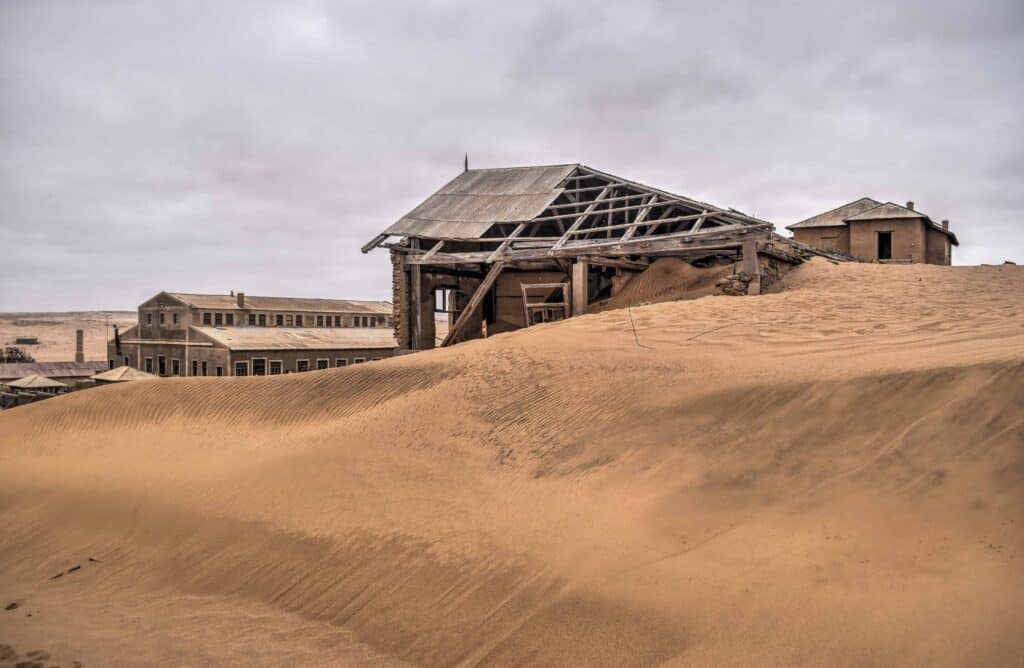
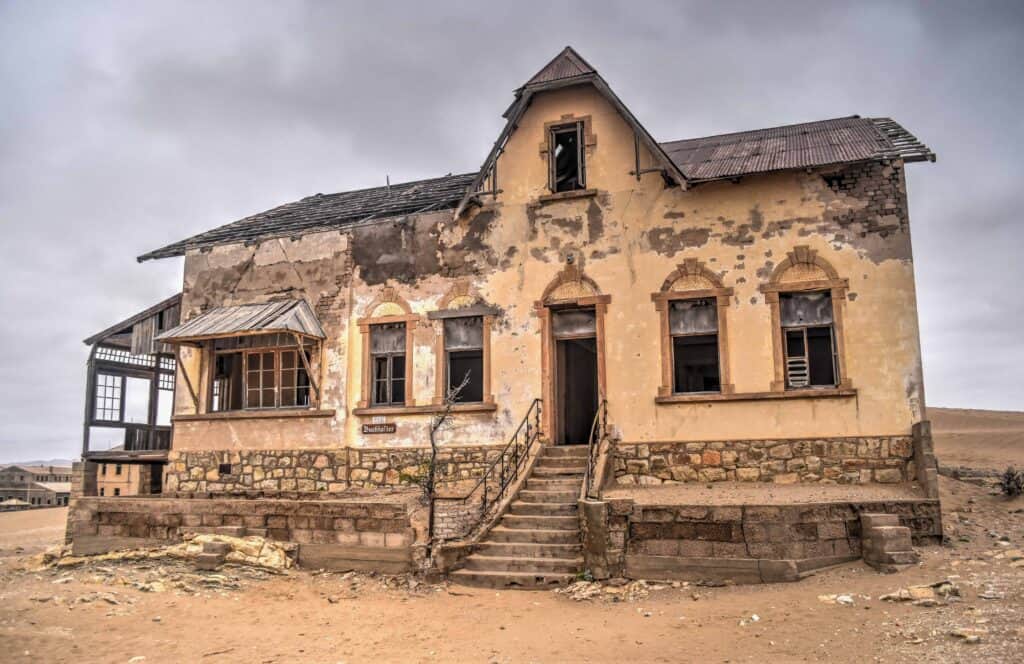
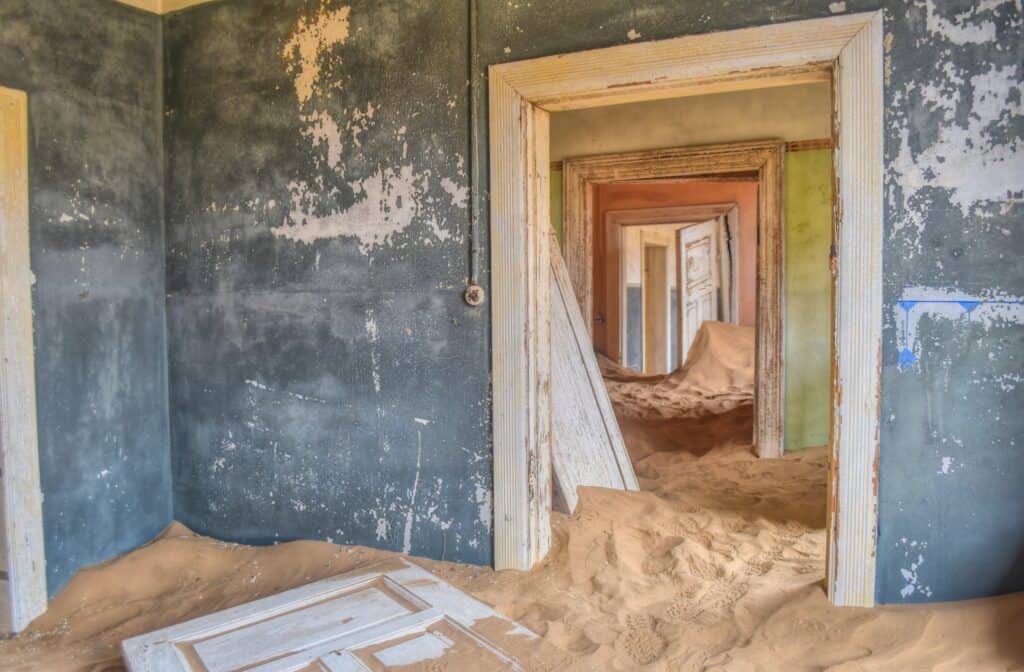

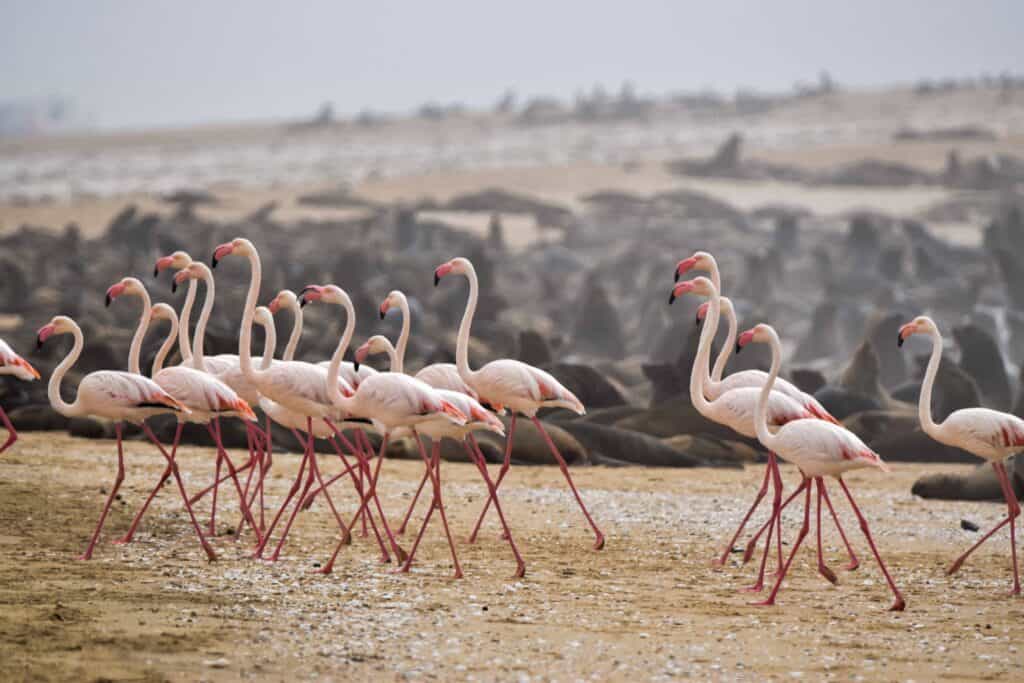
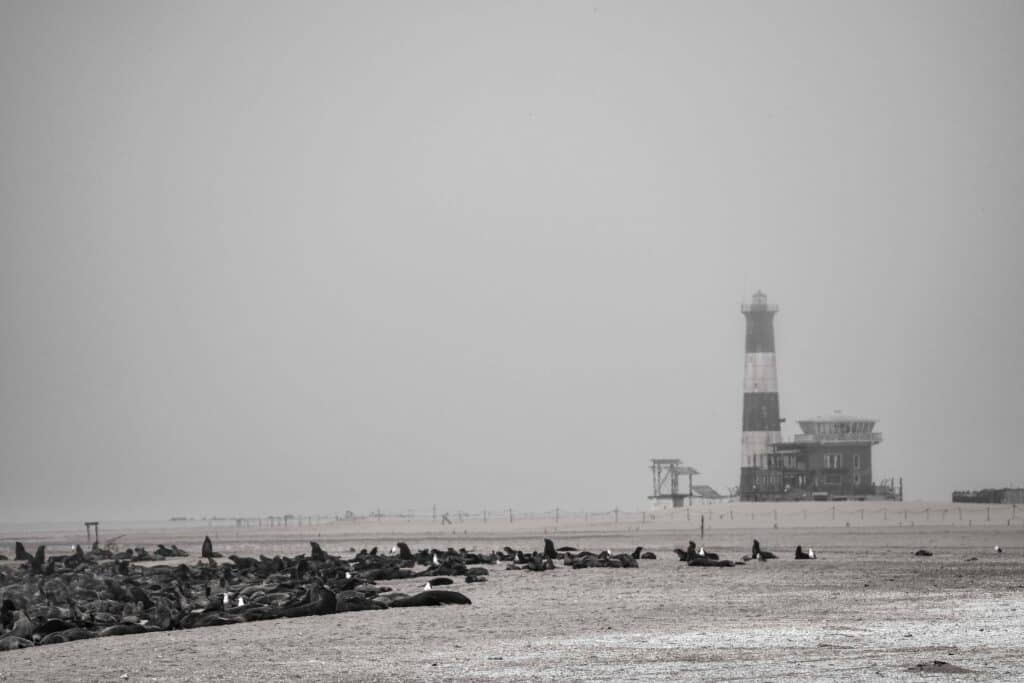
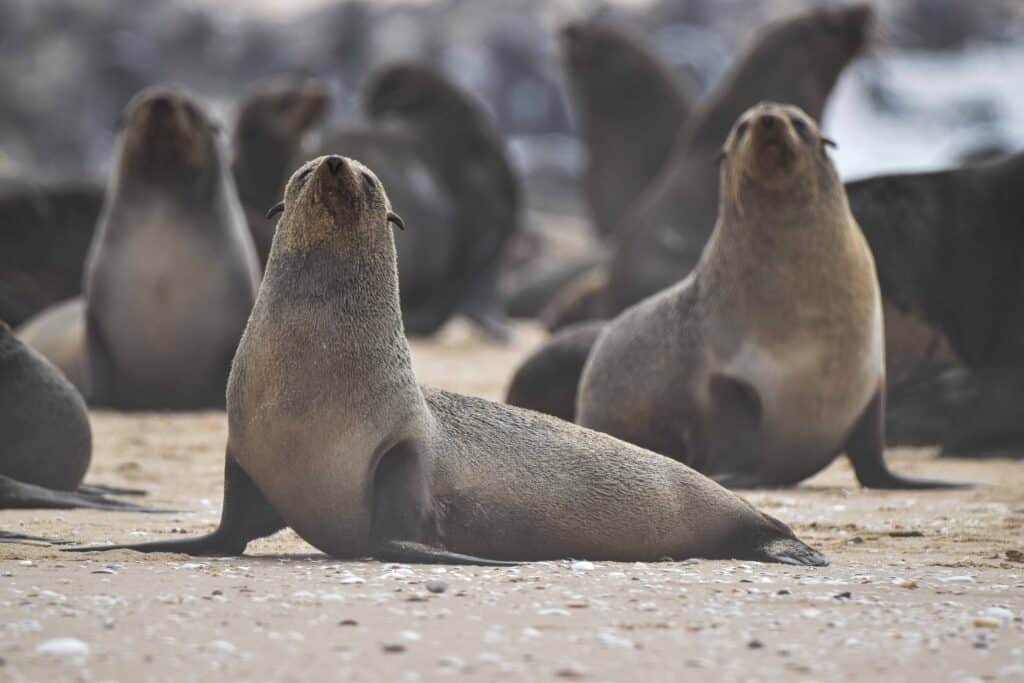
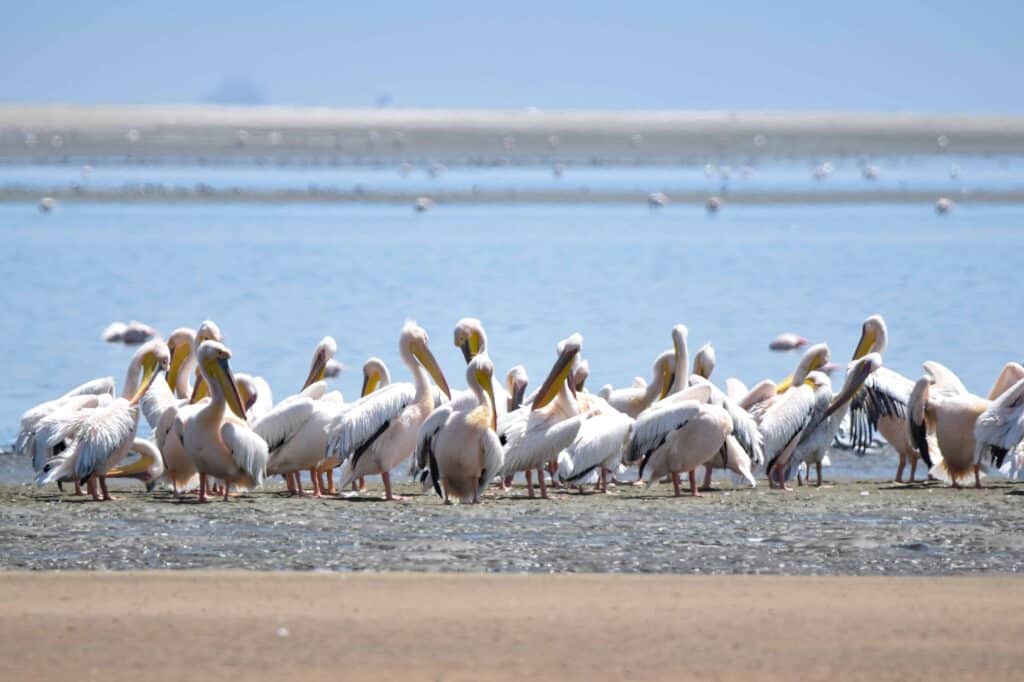
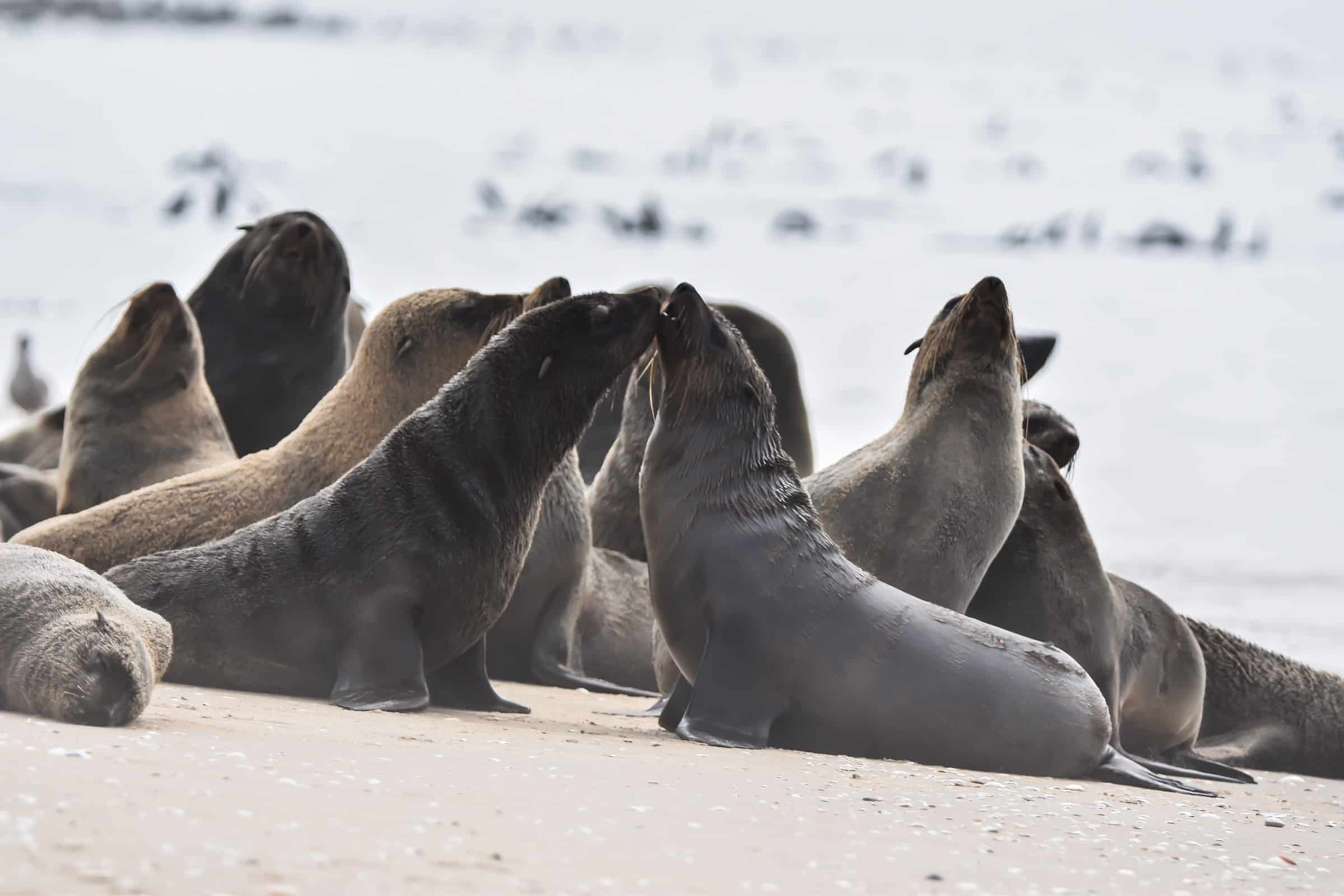
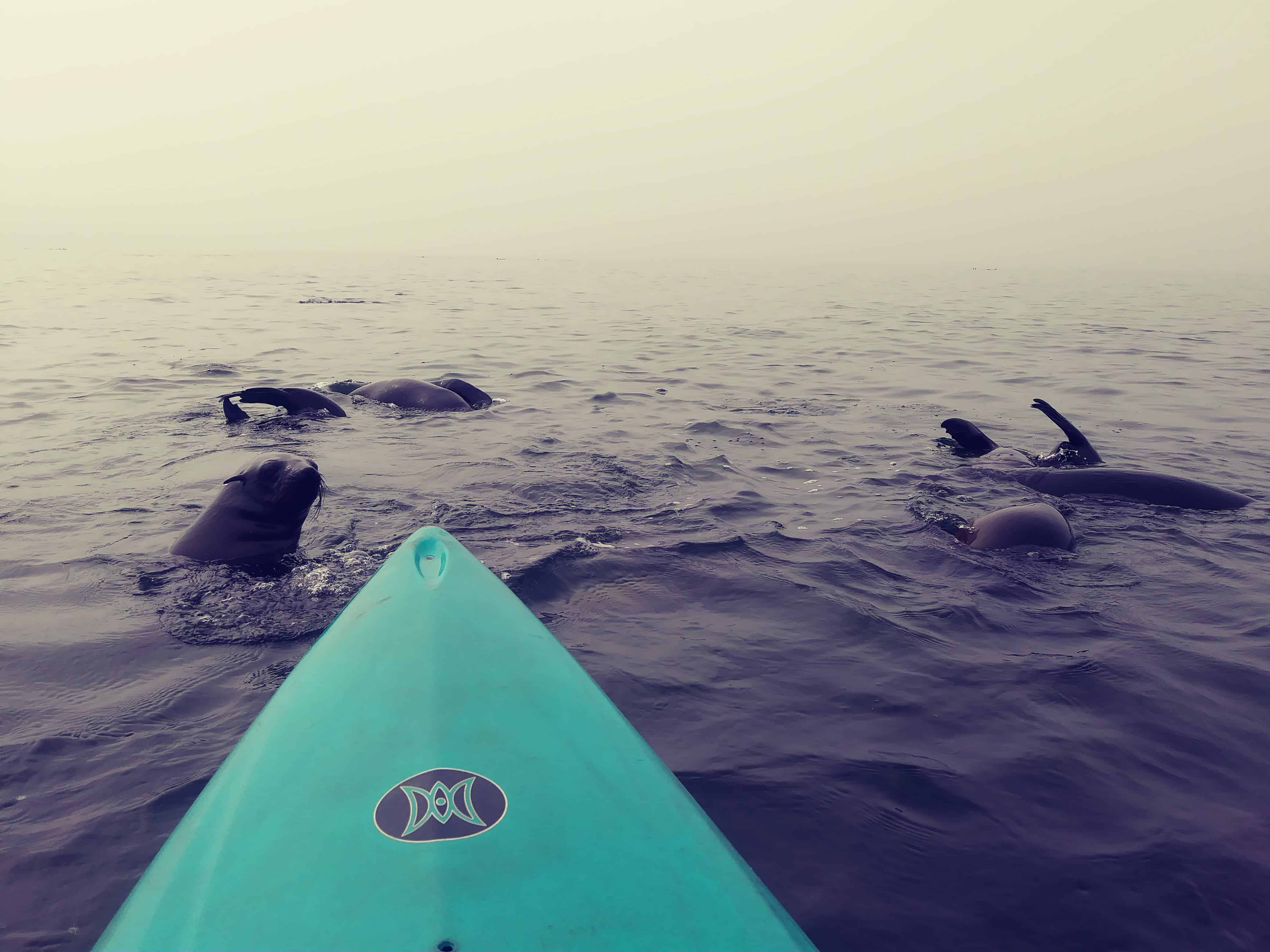
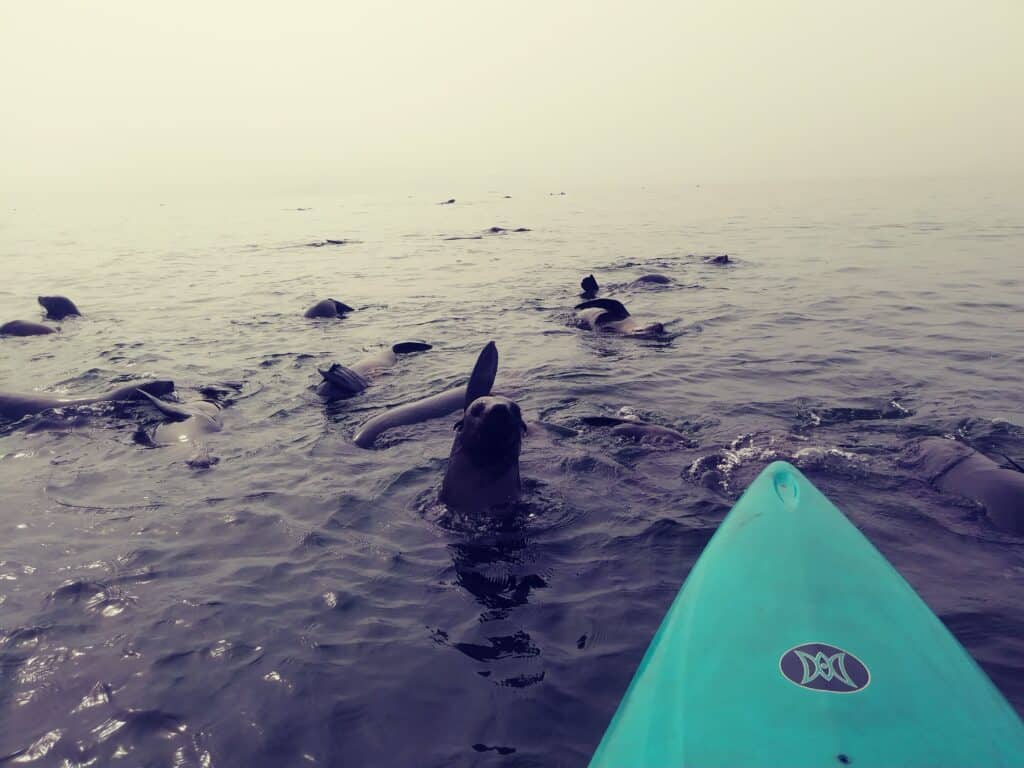
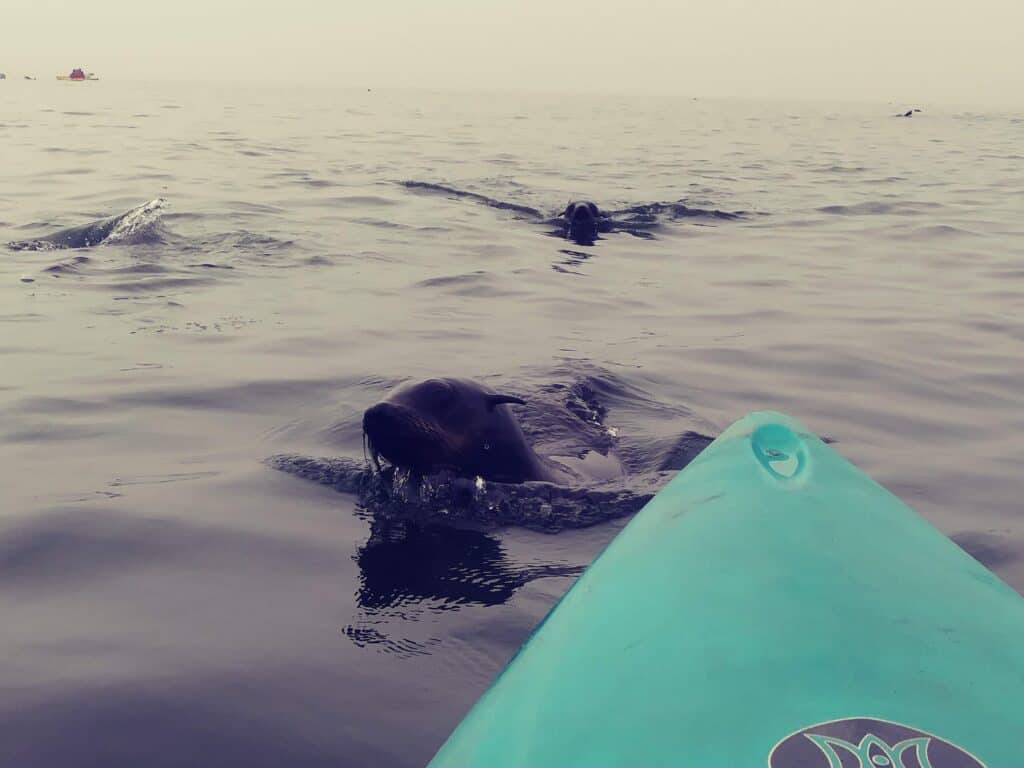
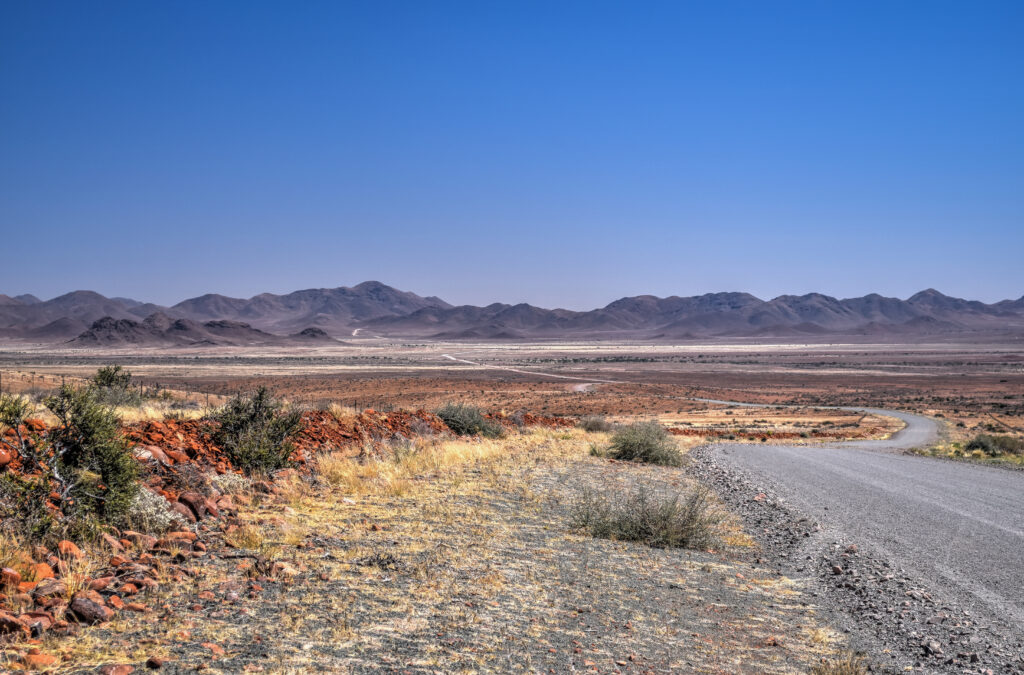
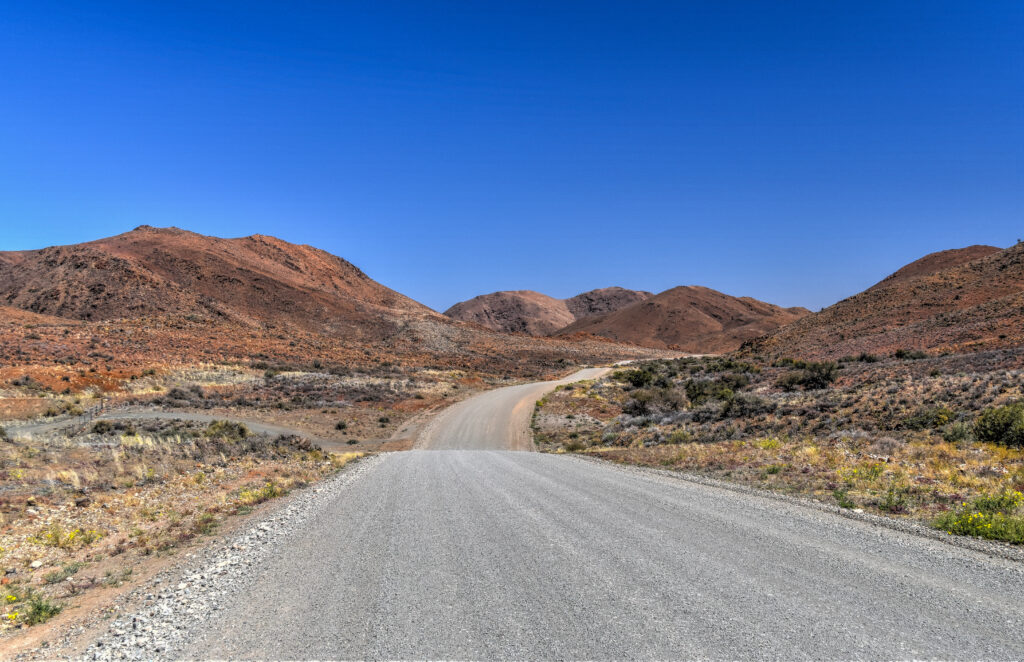
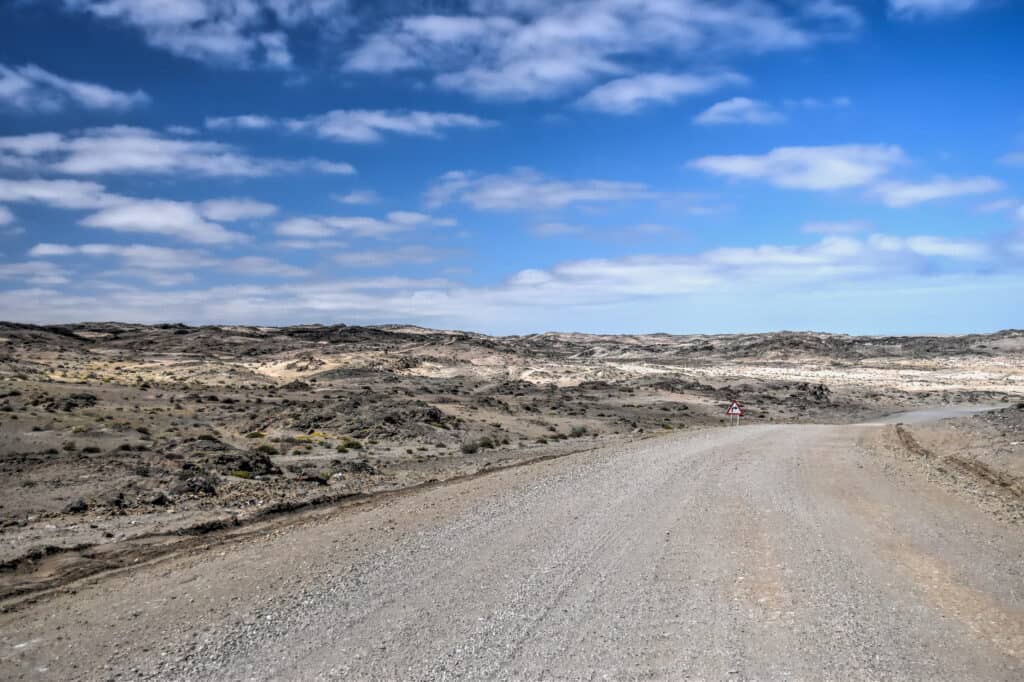

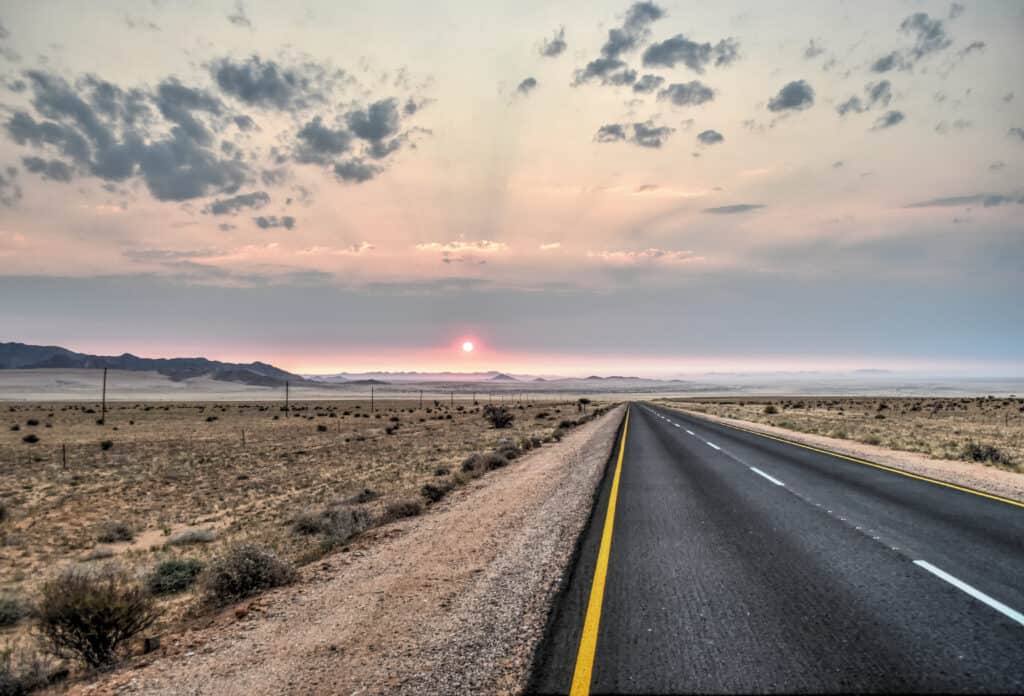
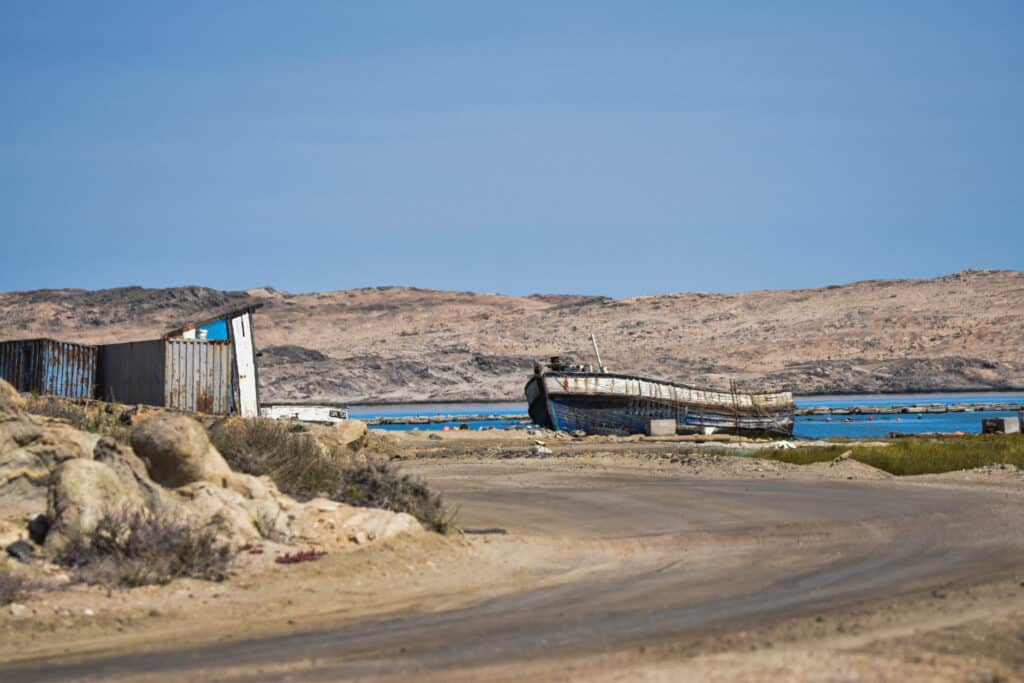
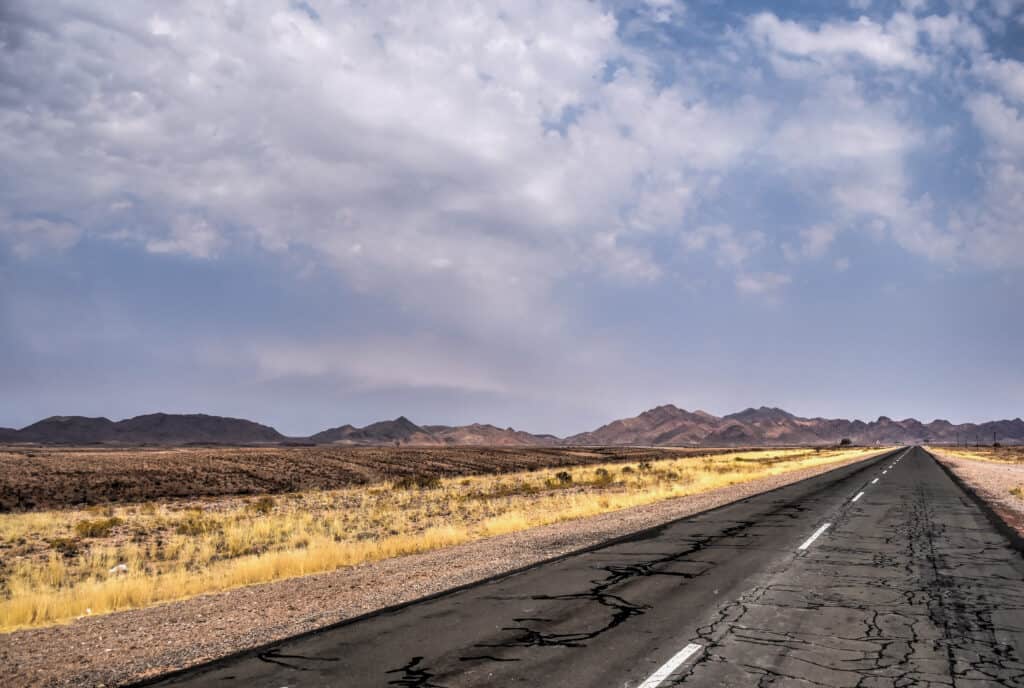
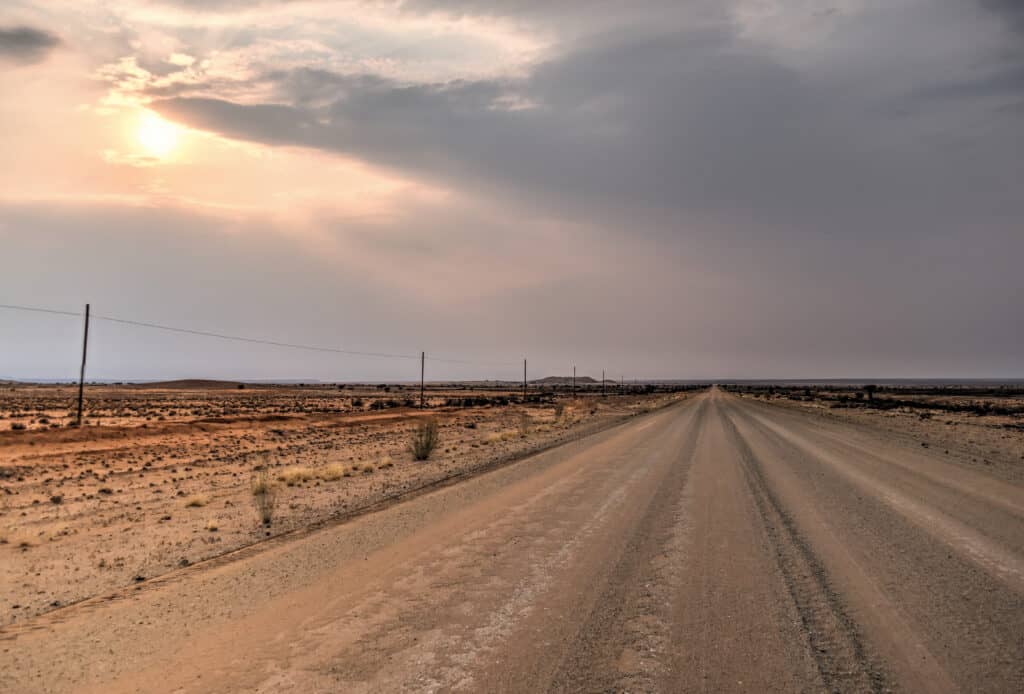
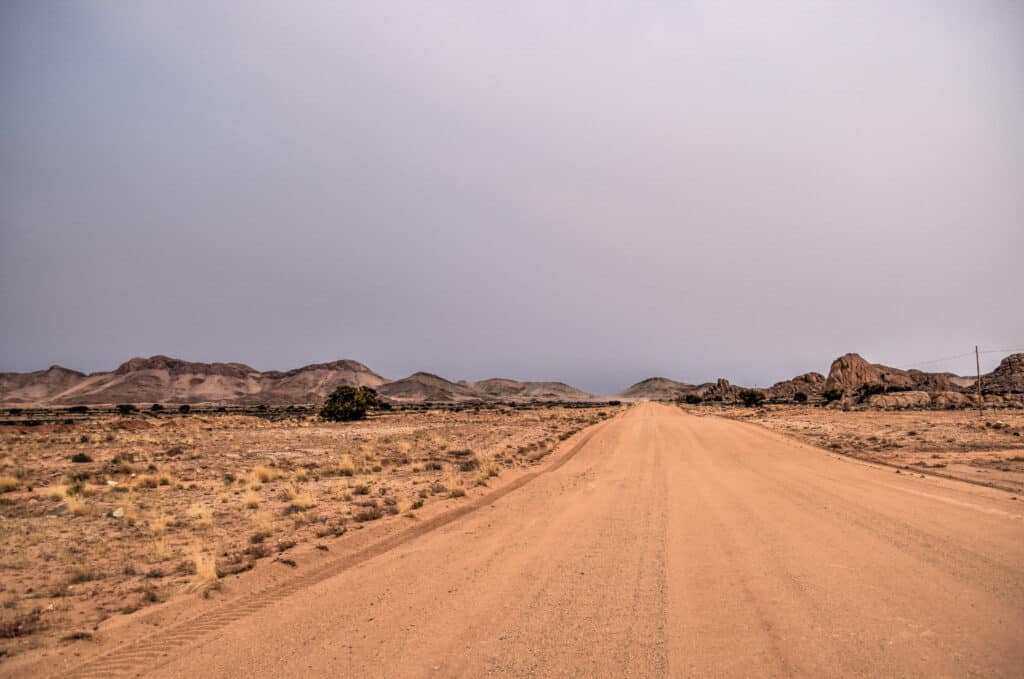
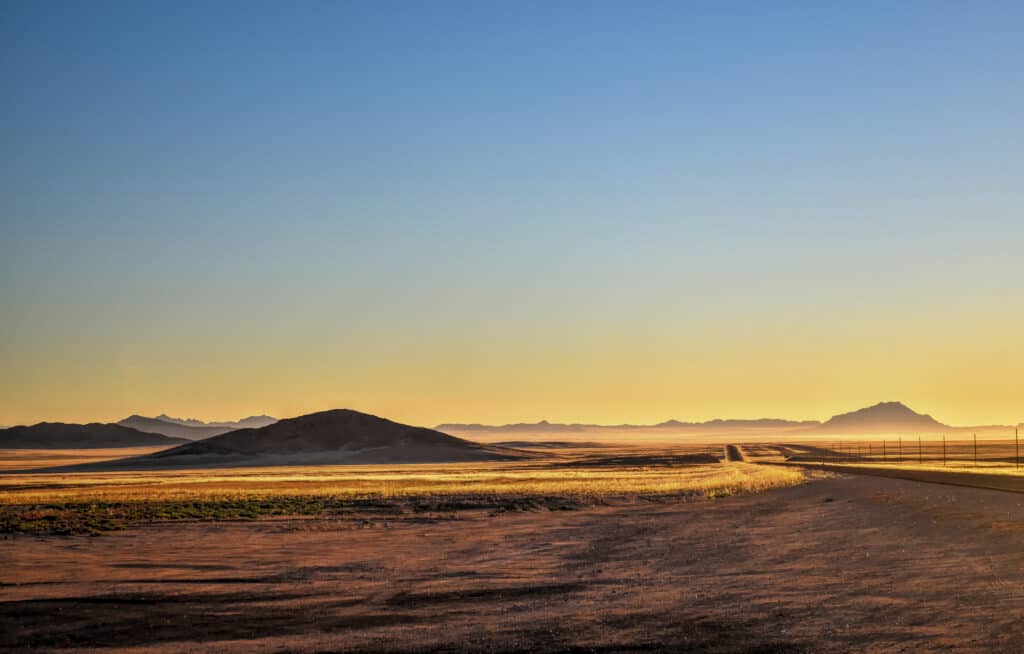
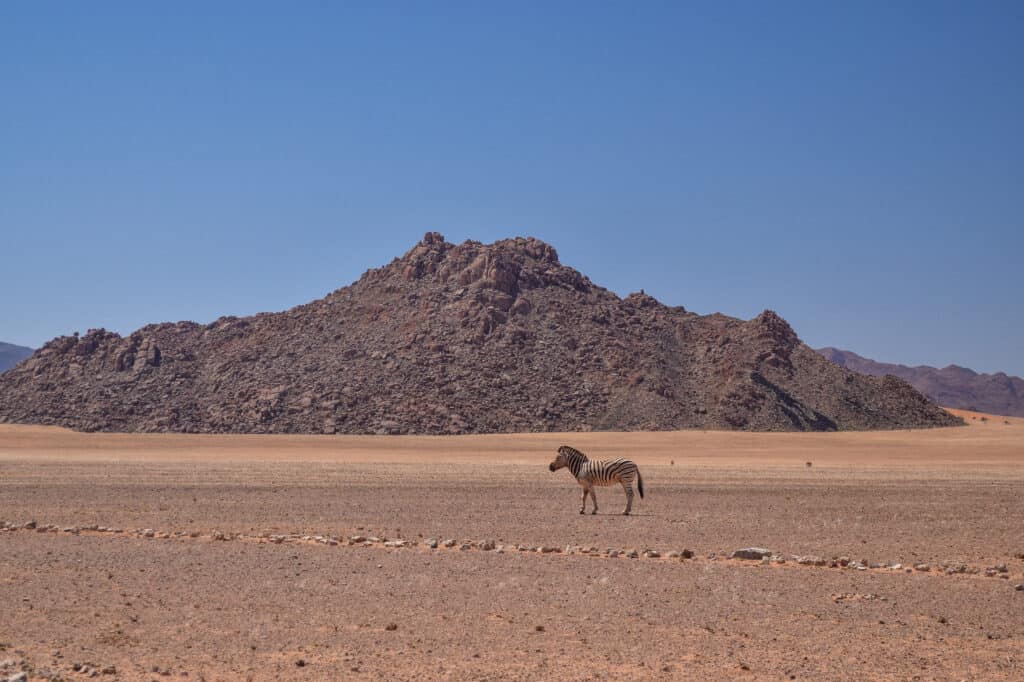
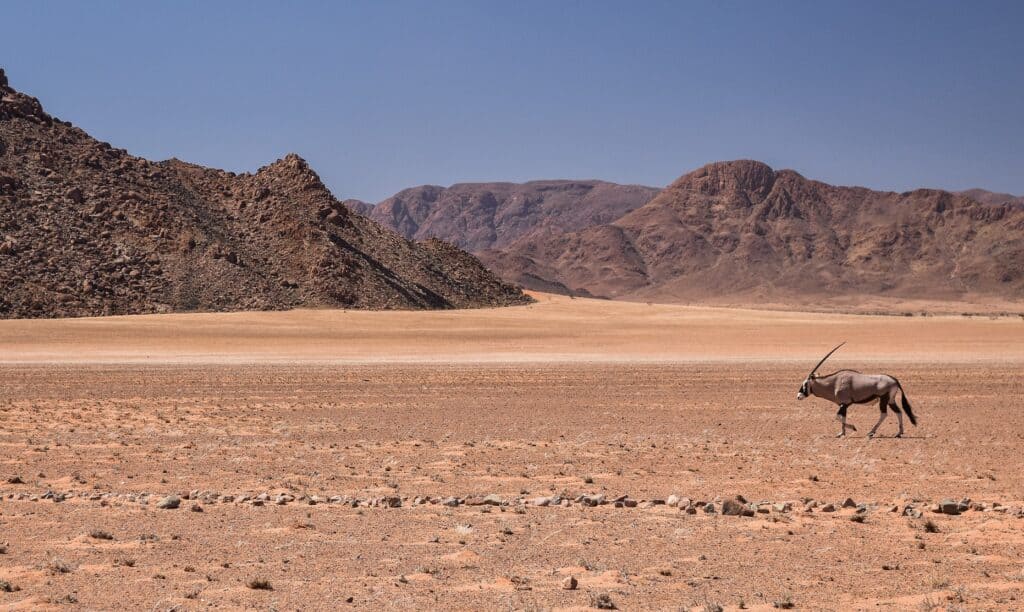
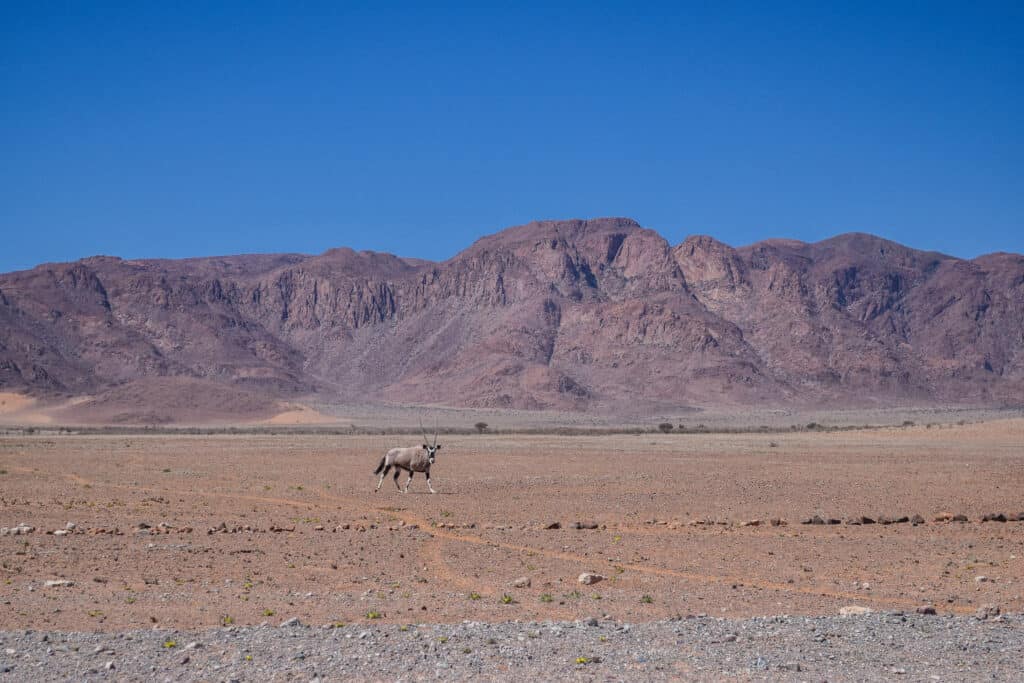
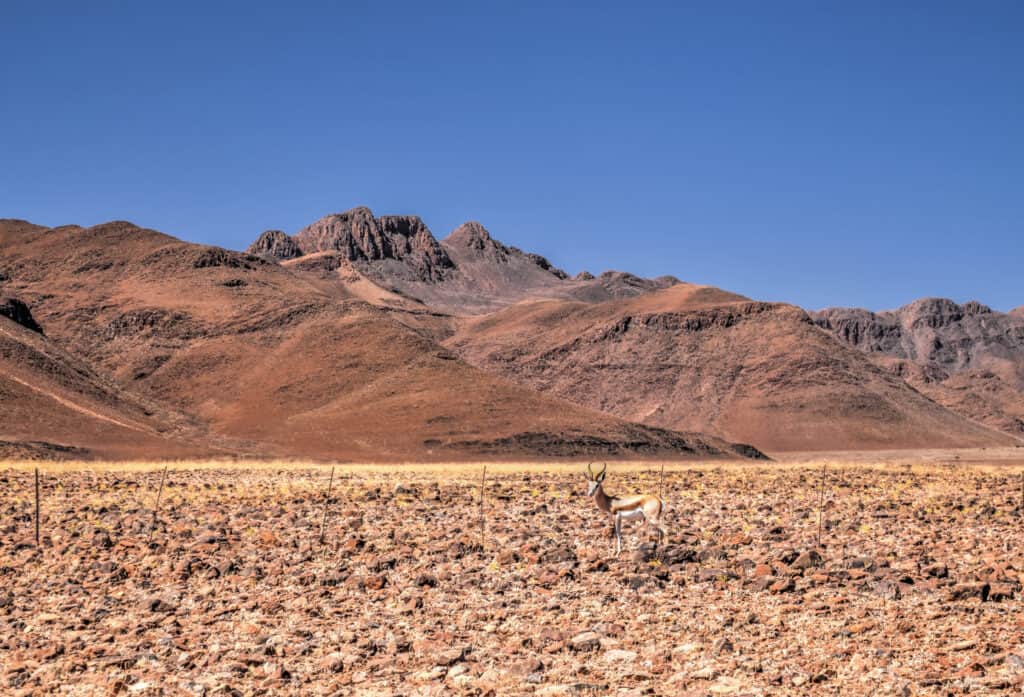
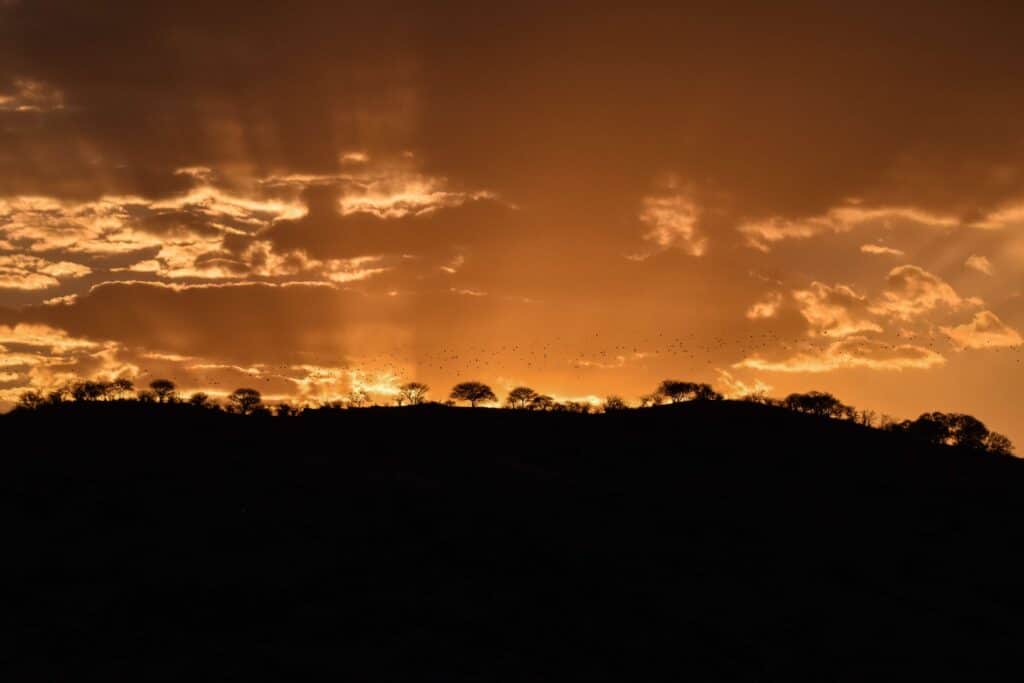
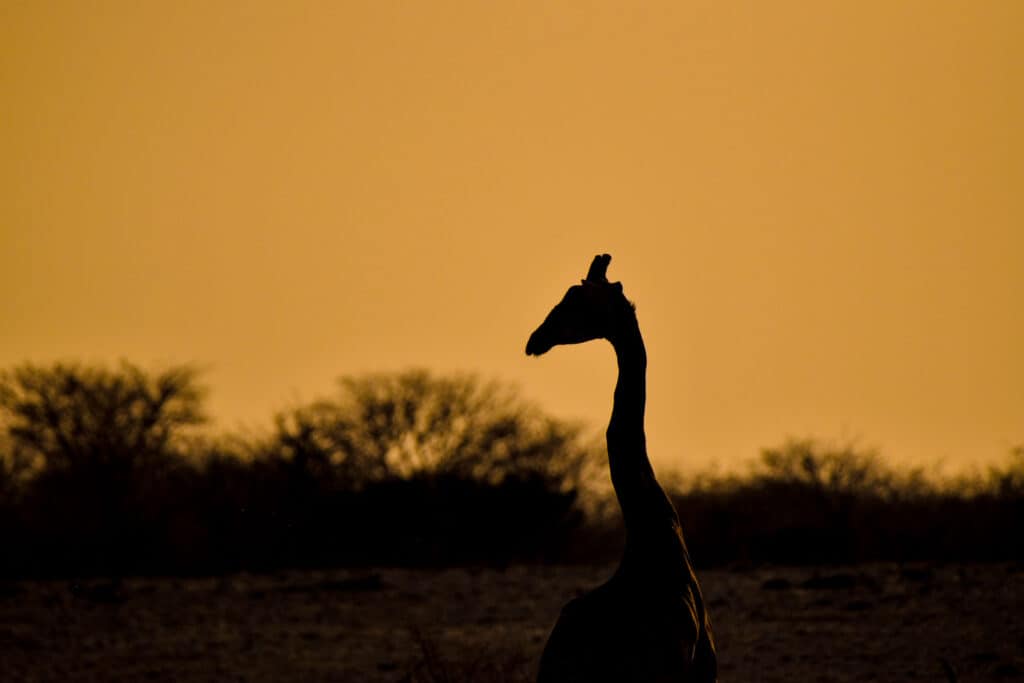
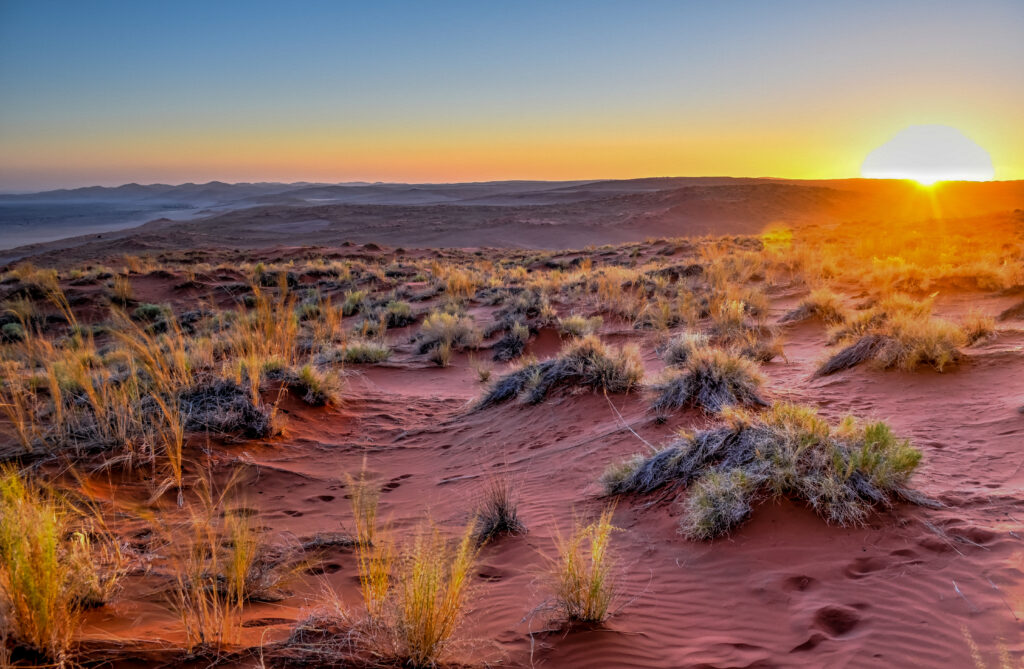
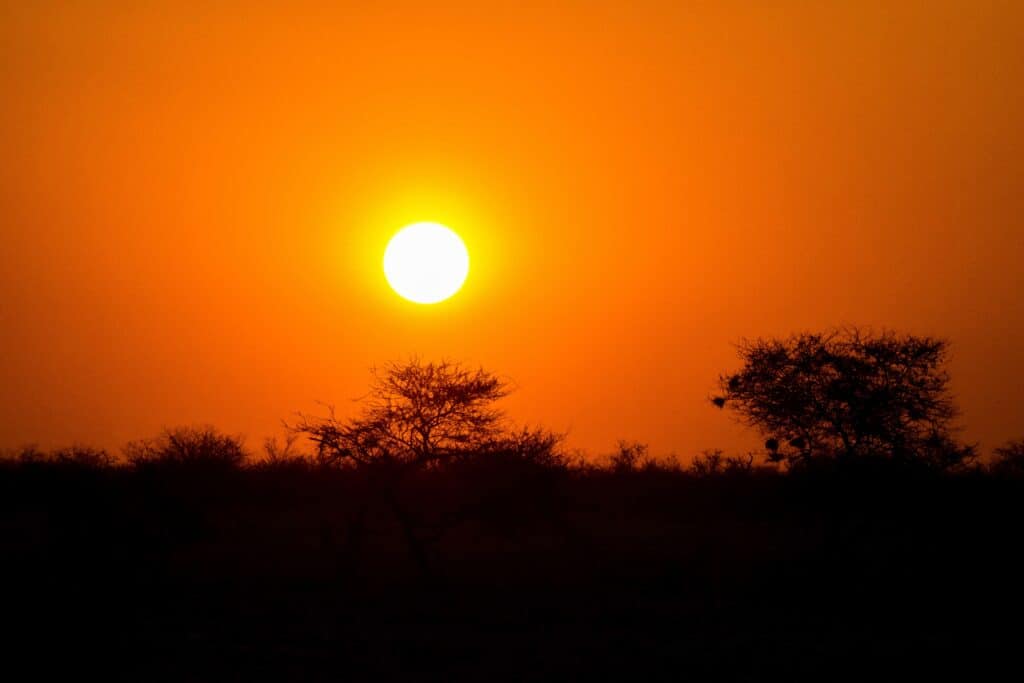
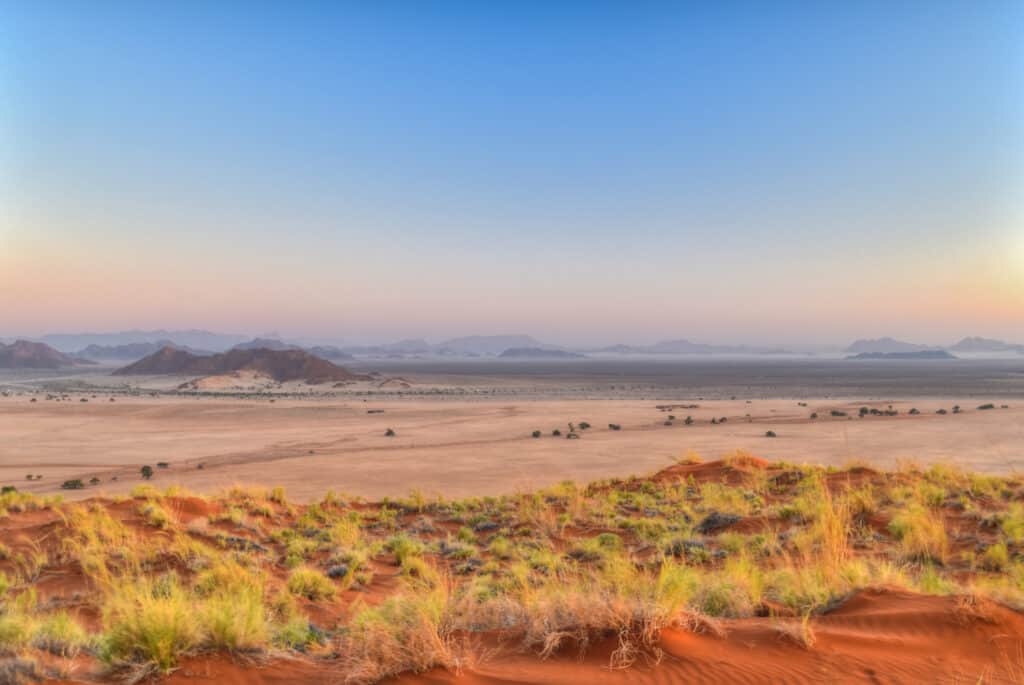
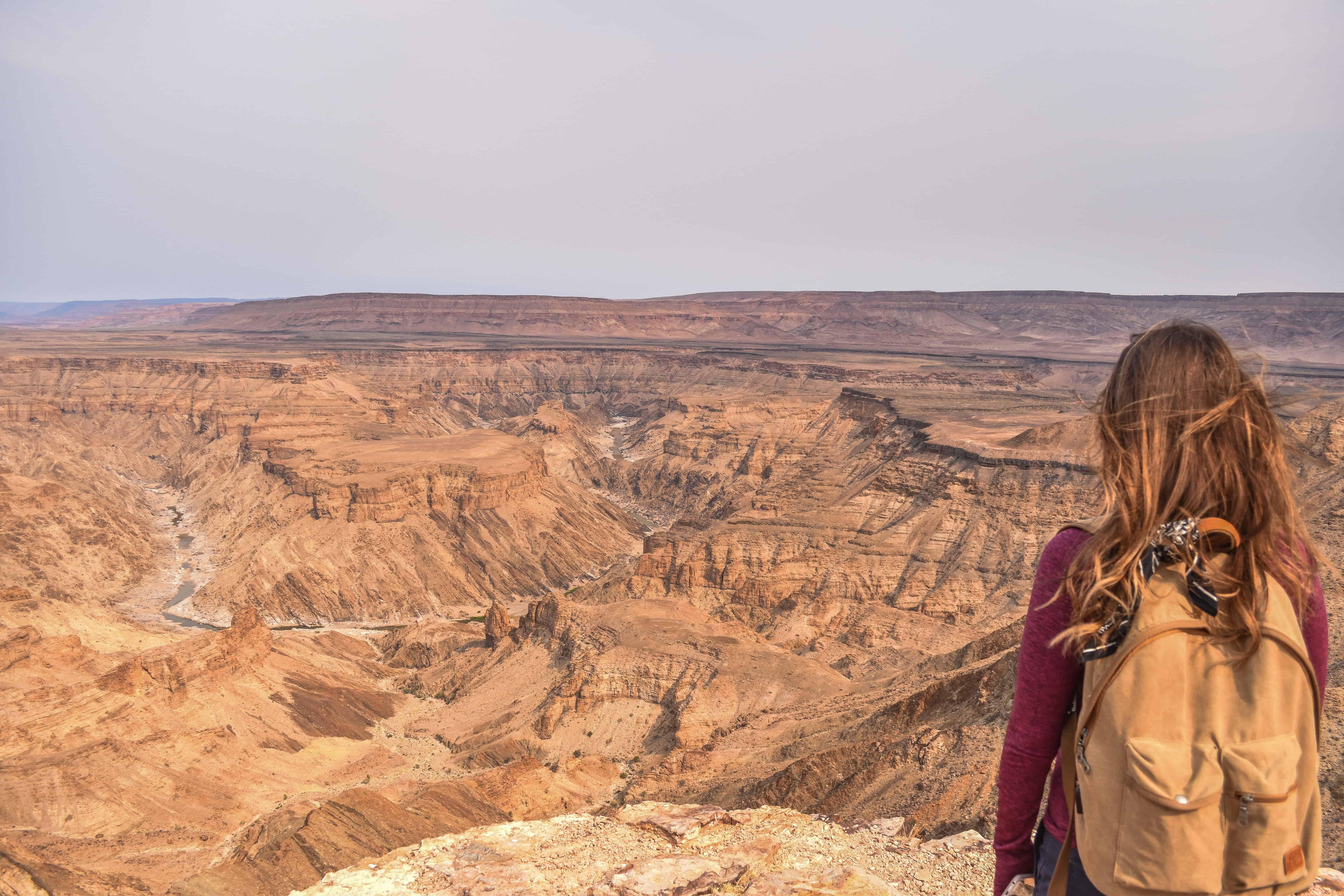
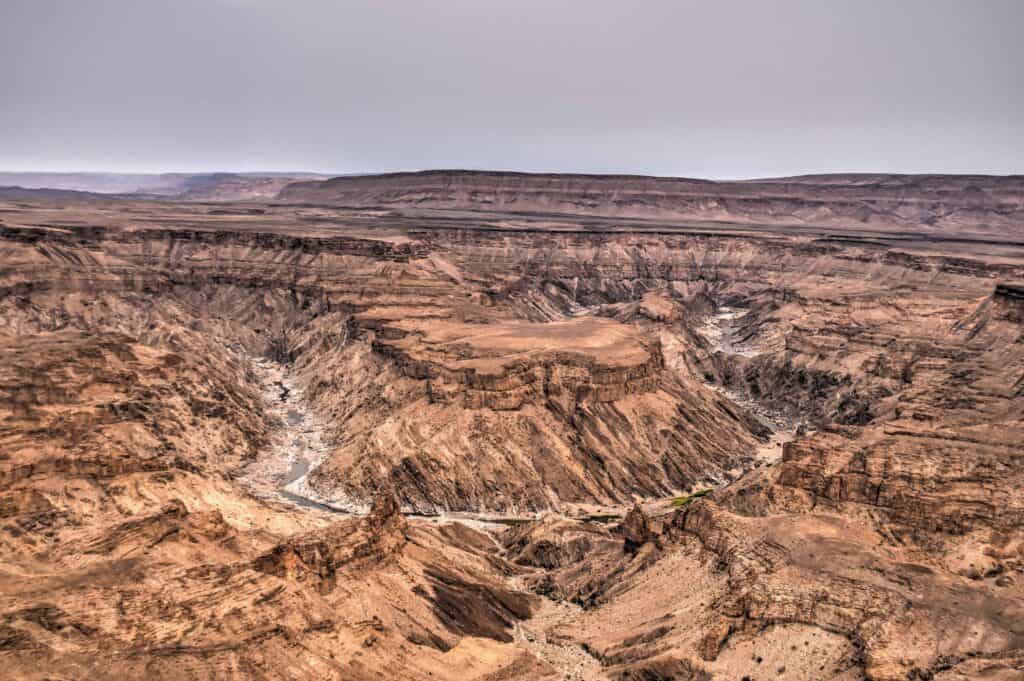
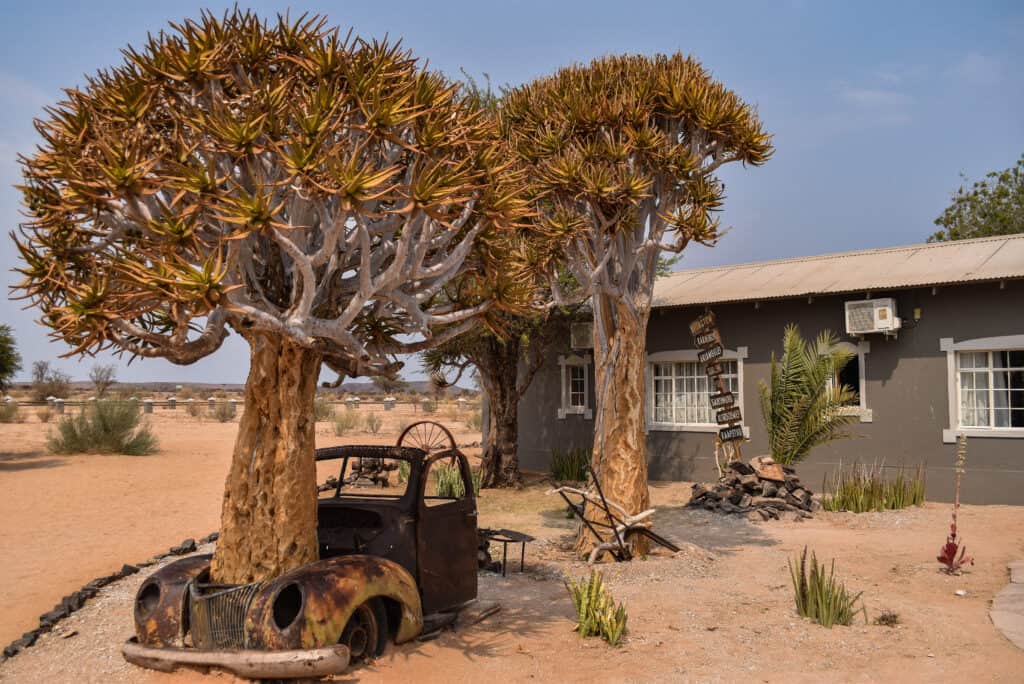
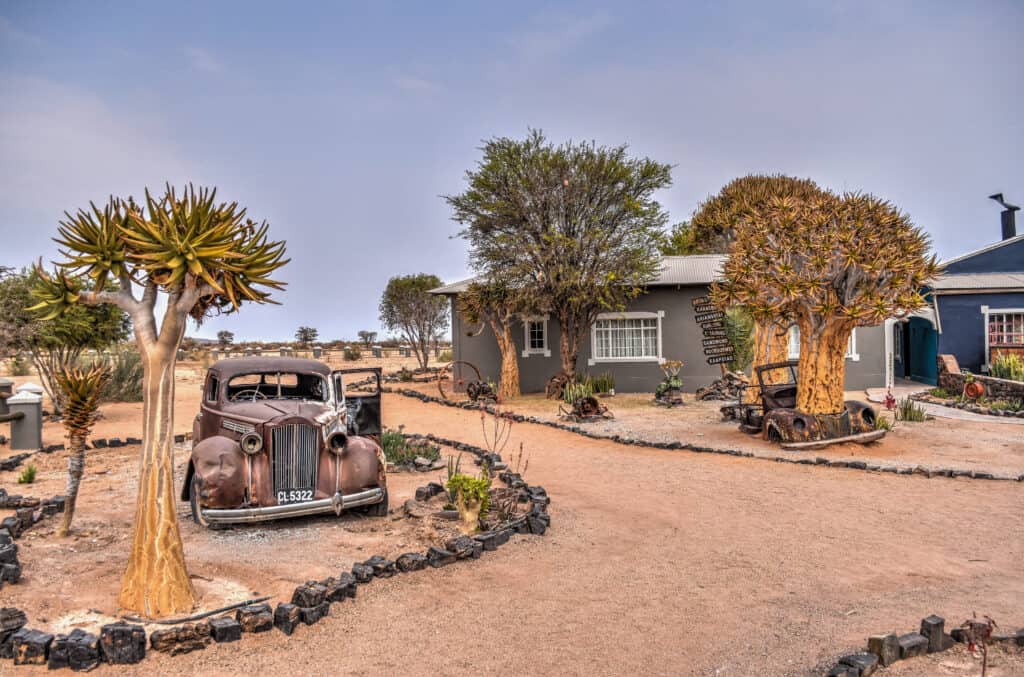
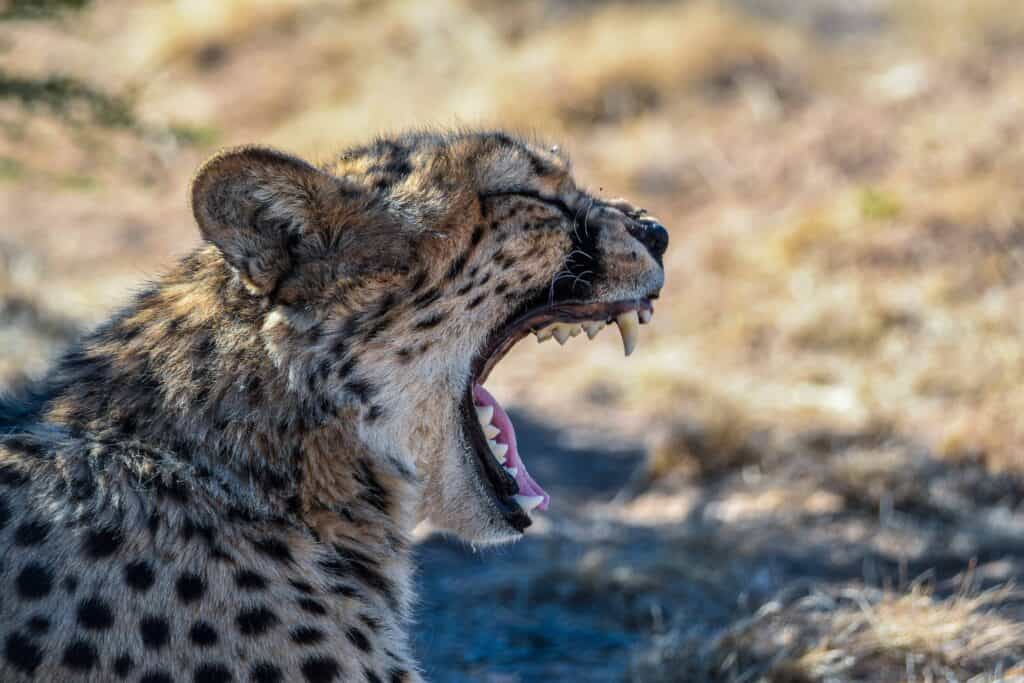
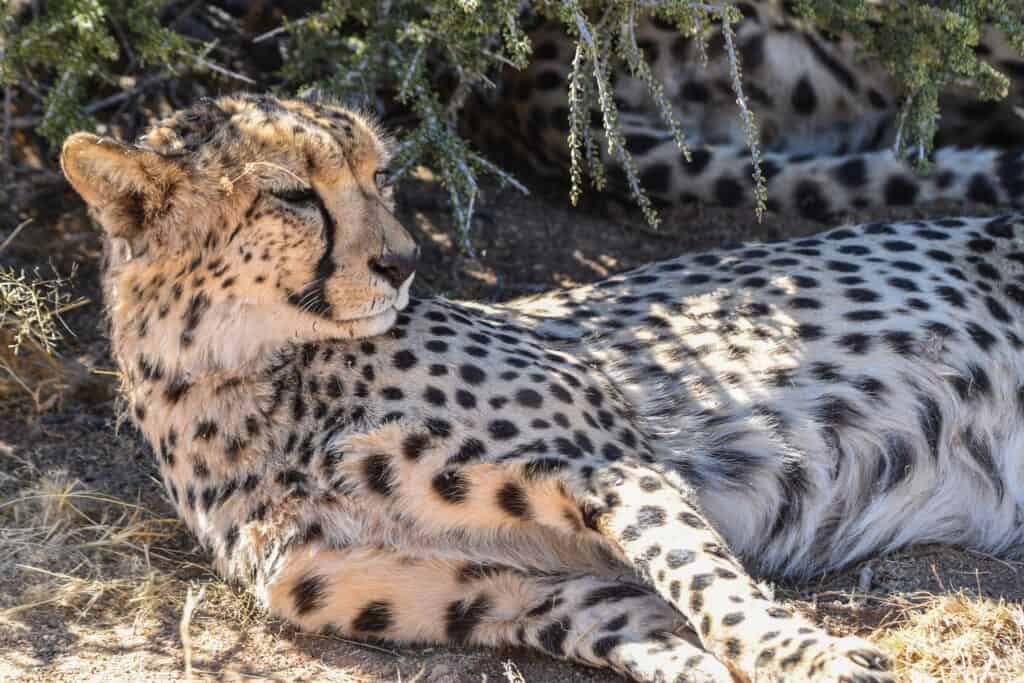
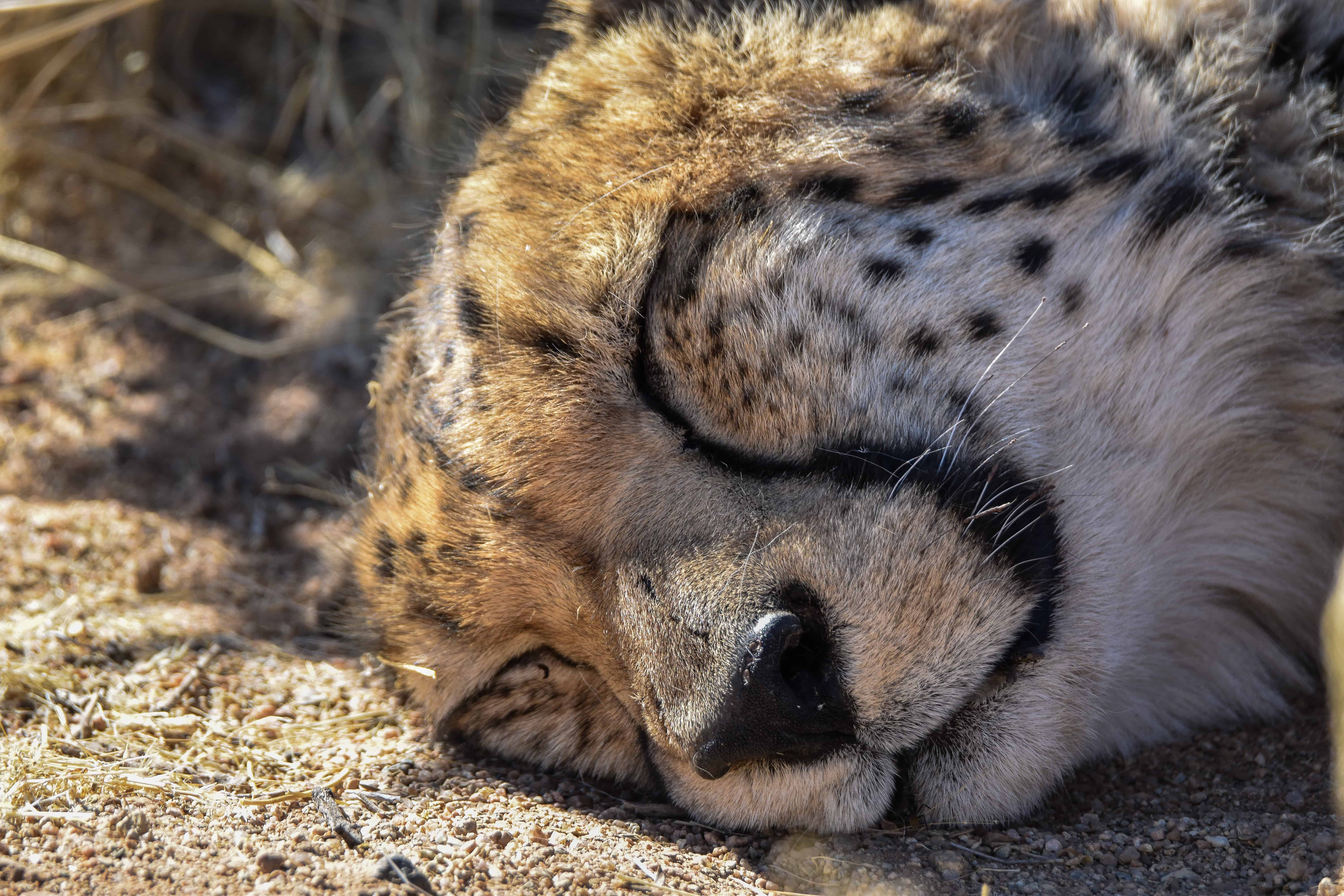


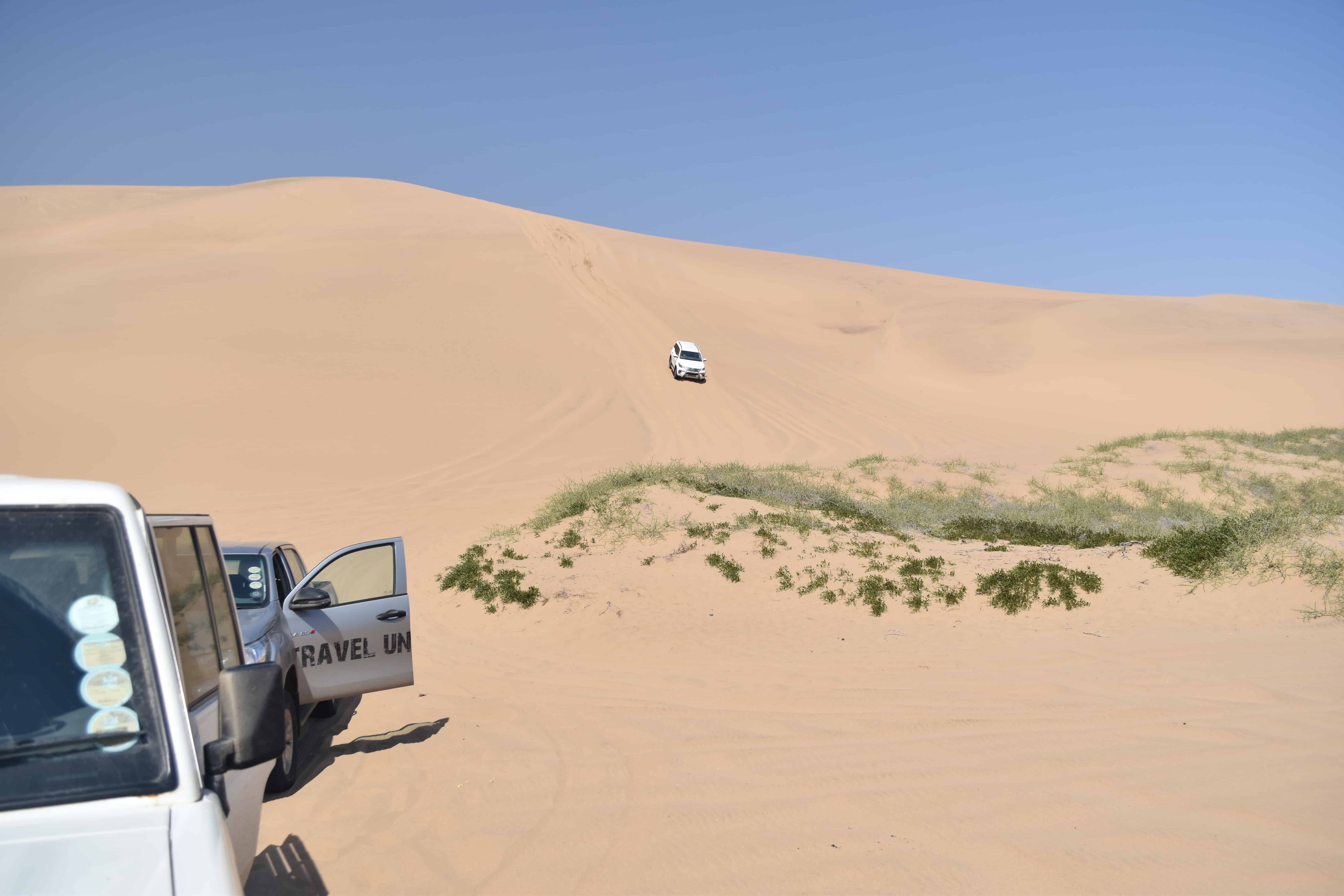


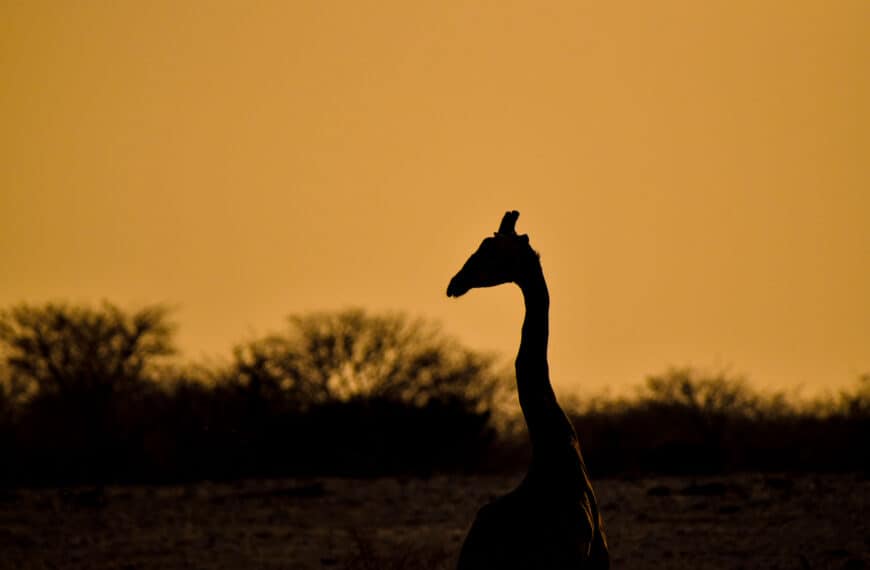

2 Comments